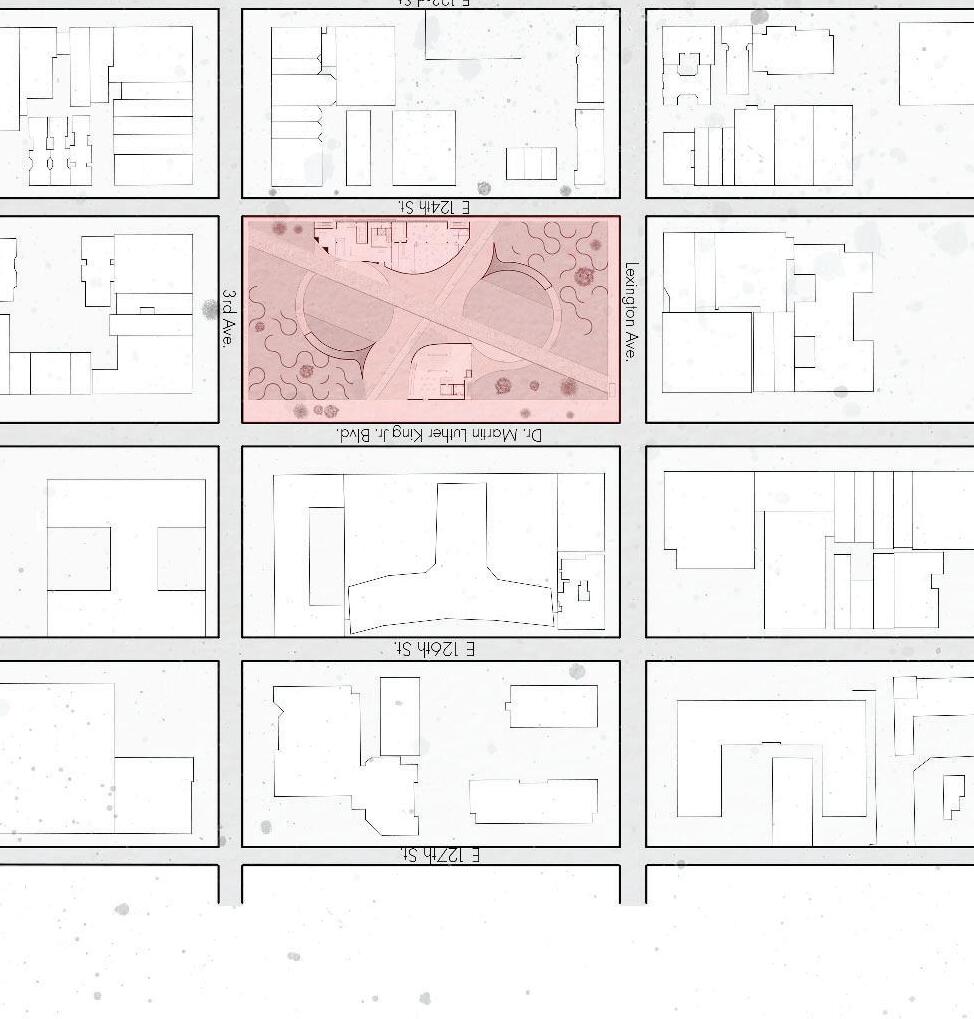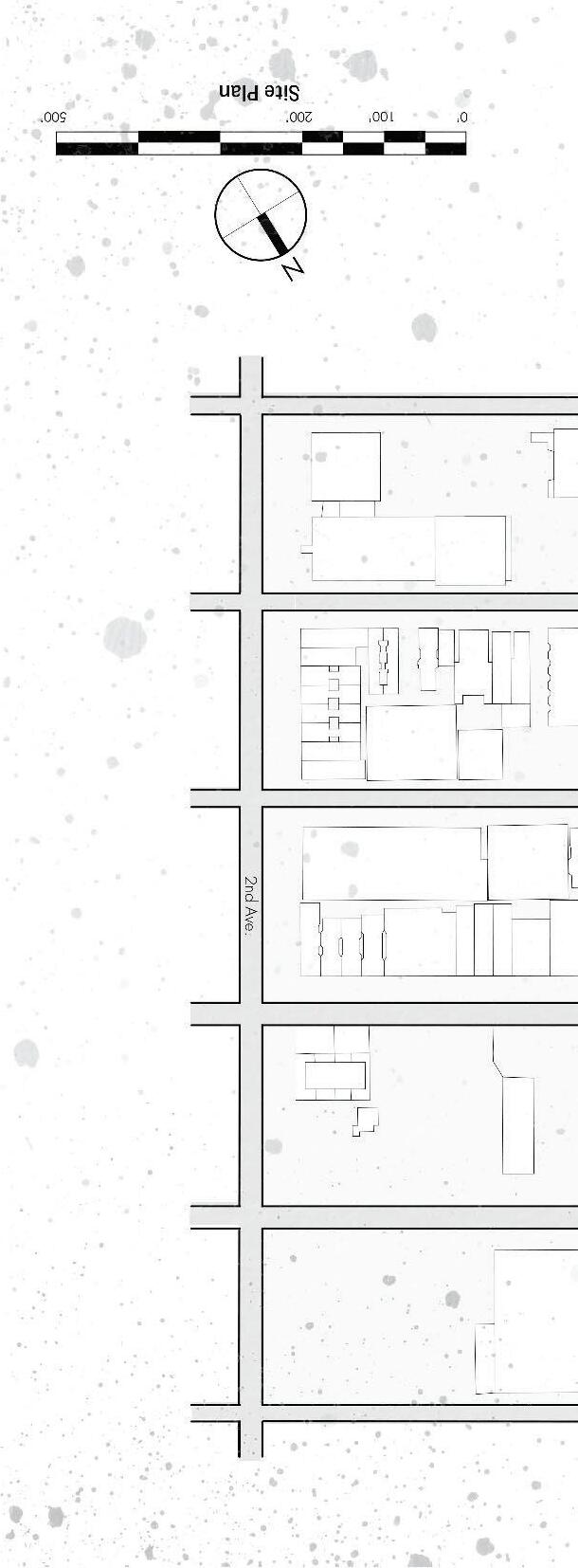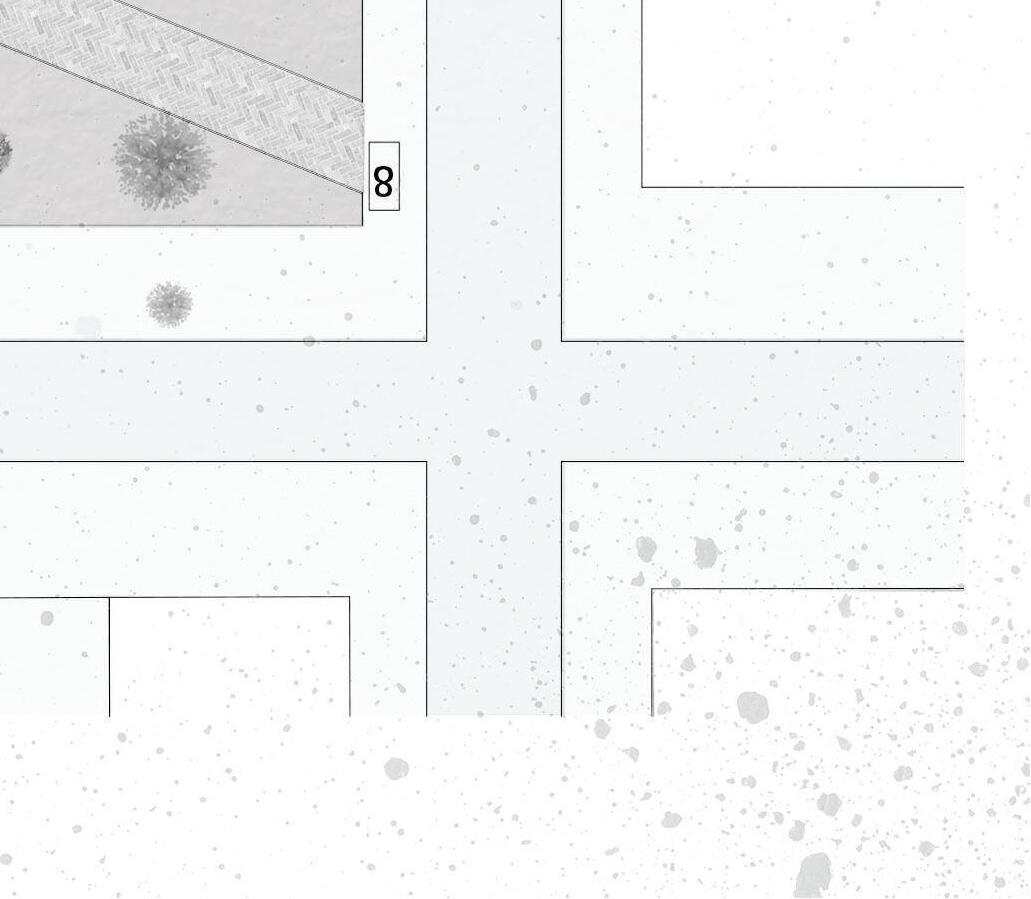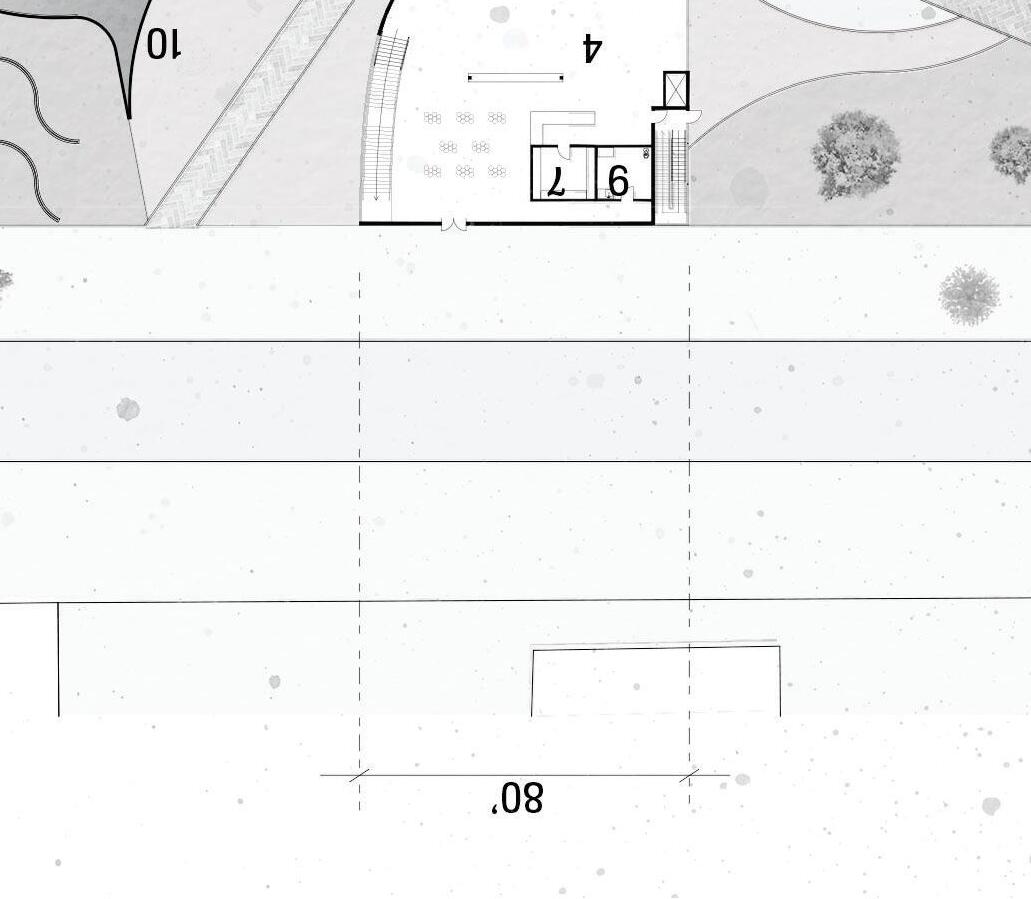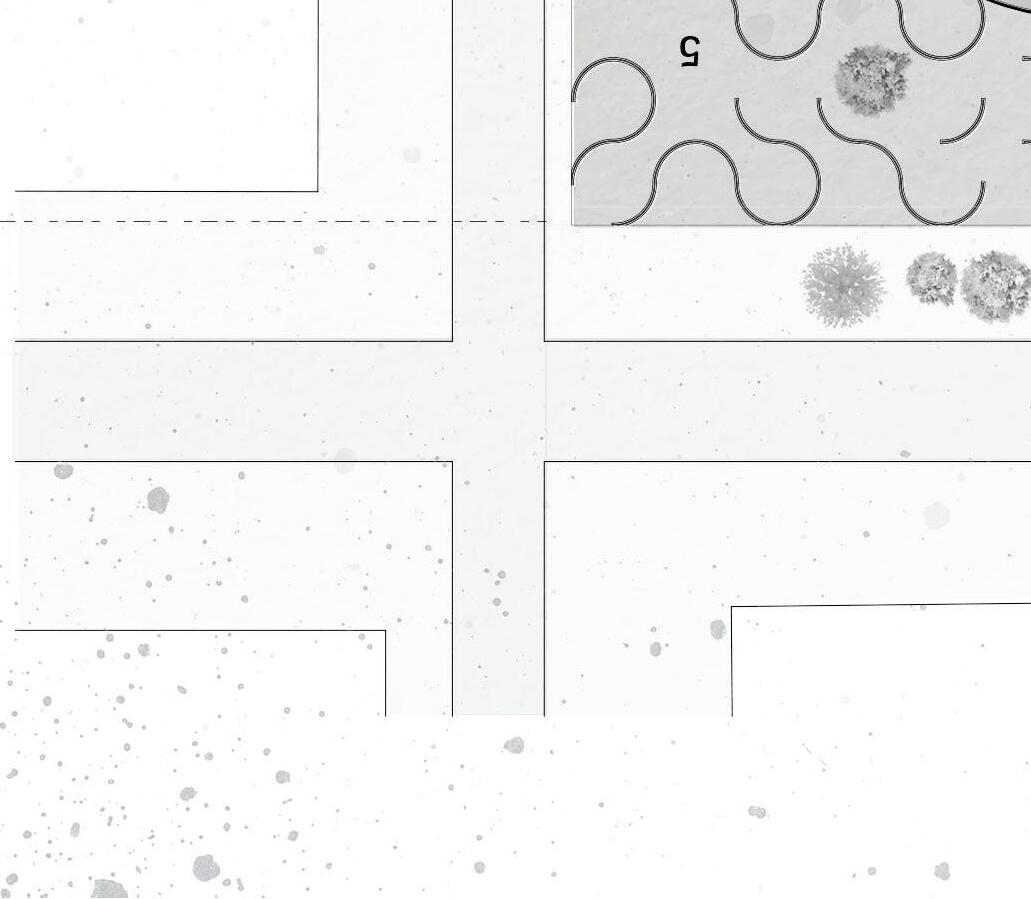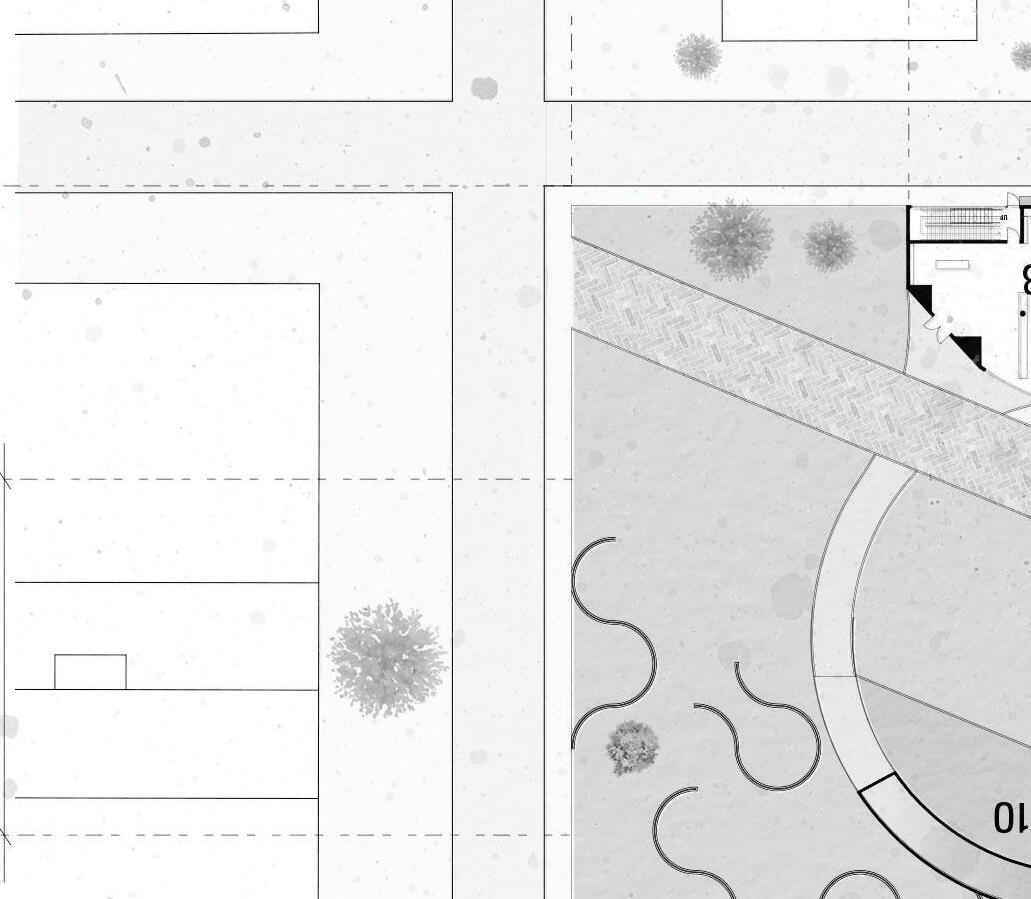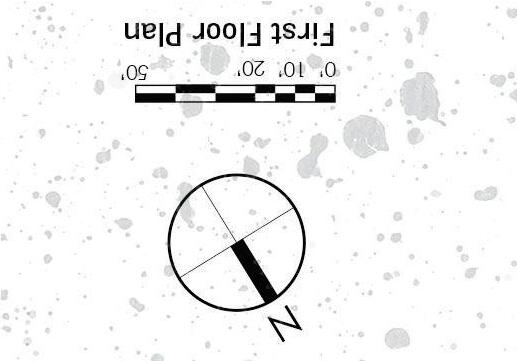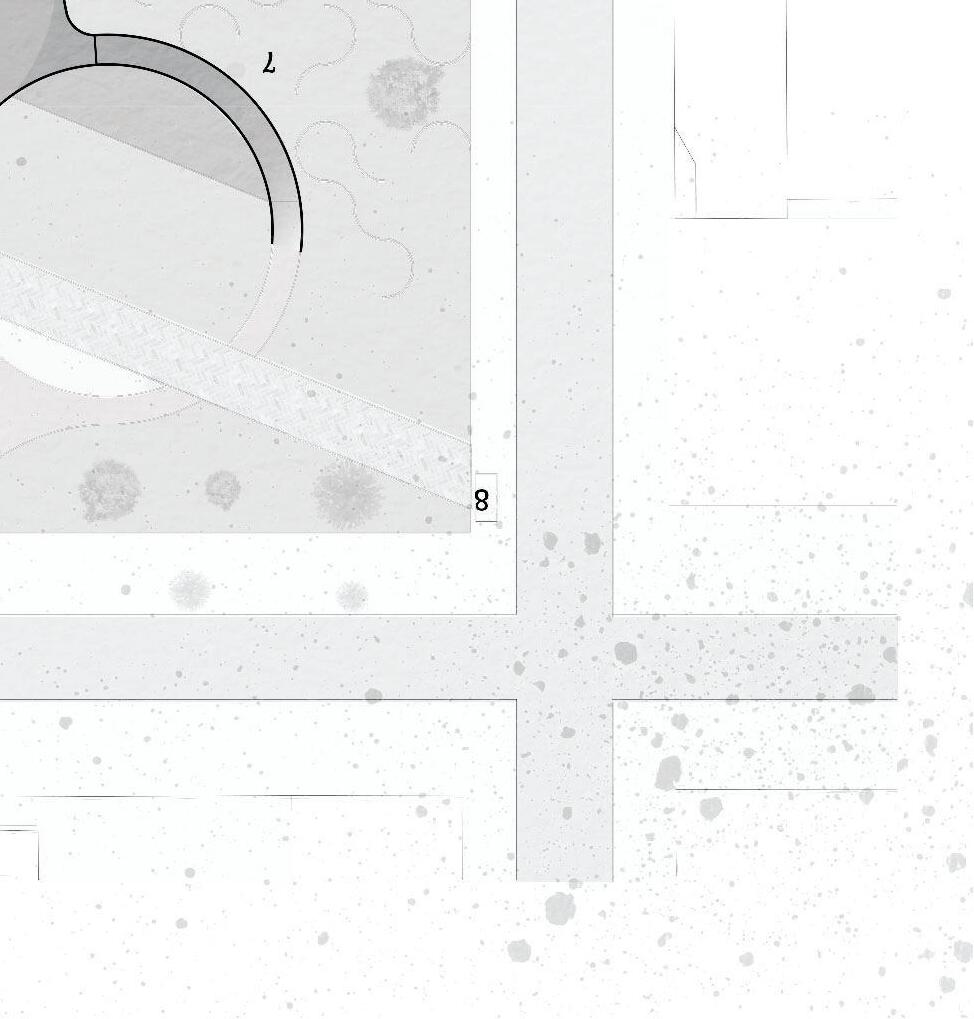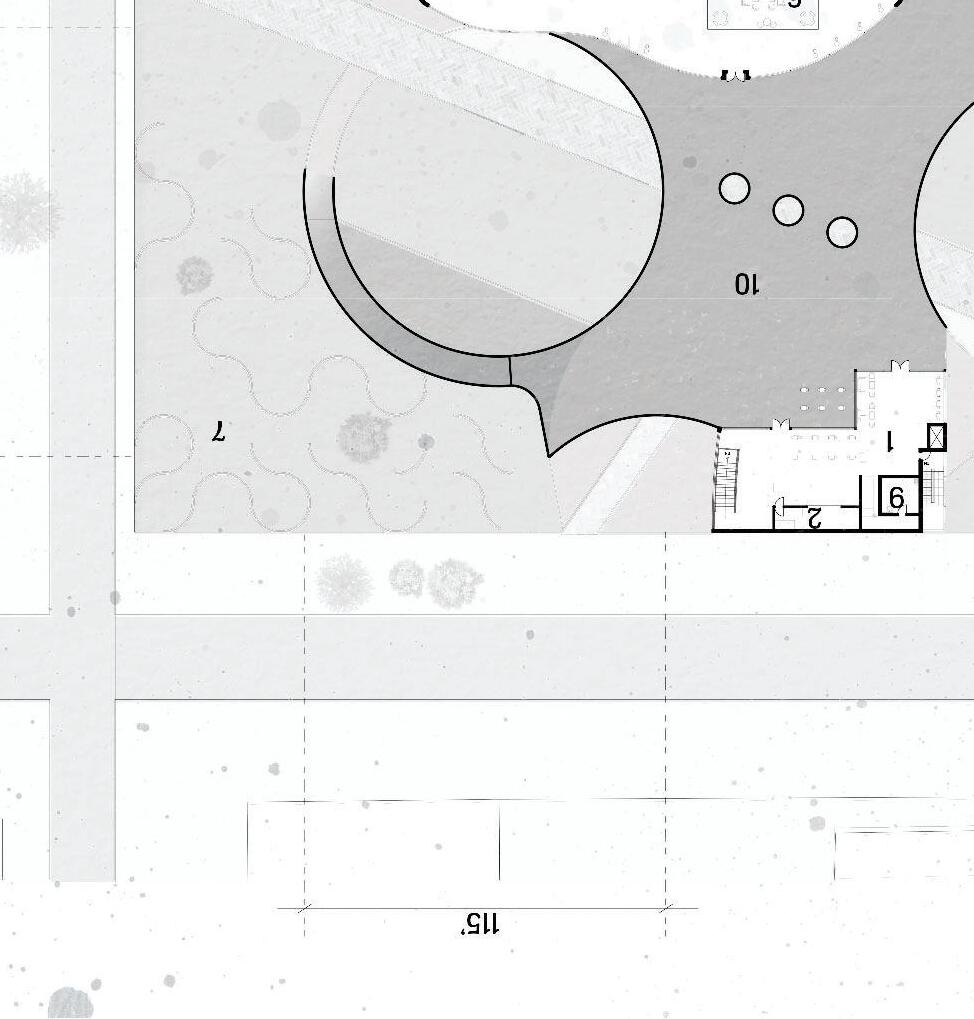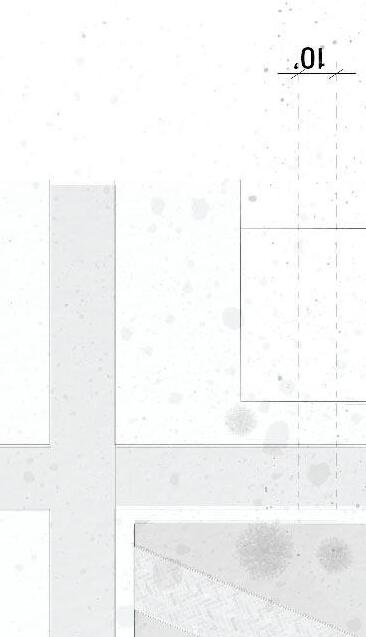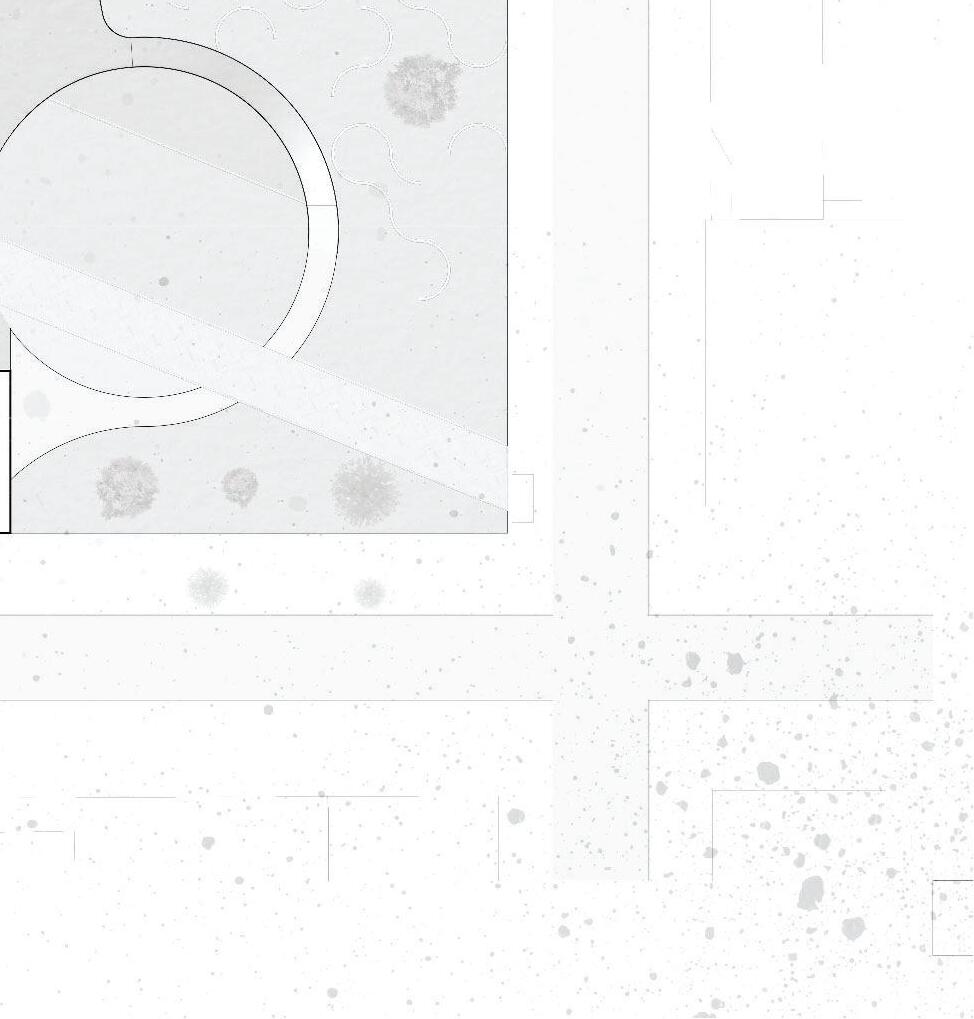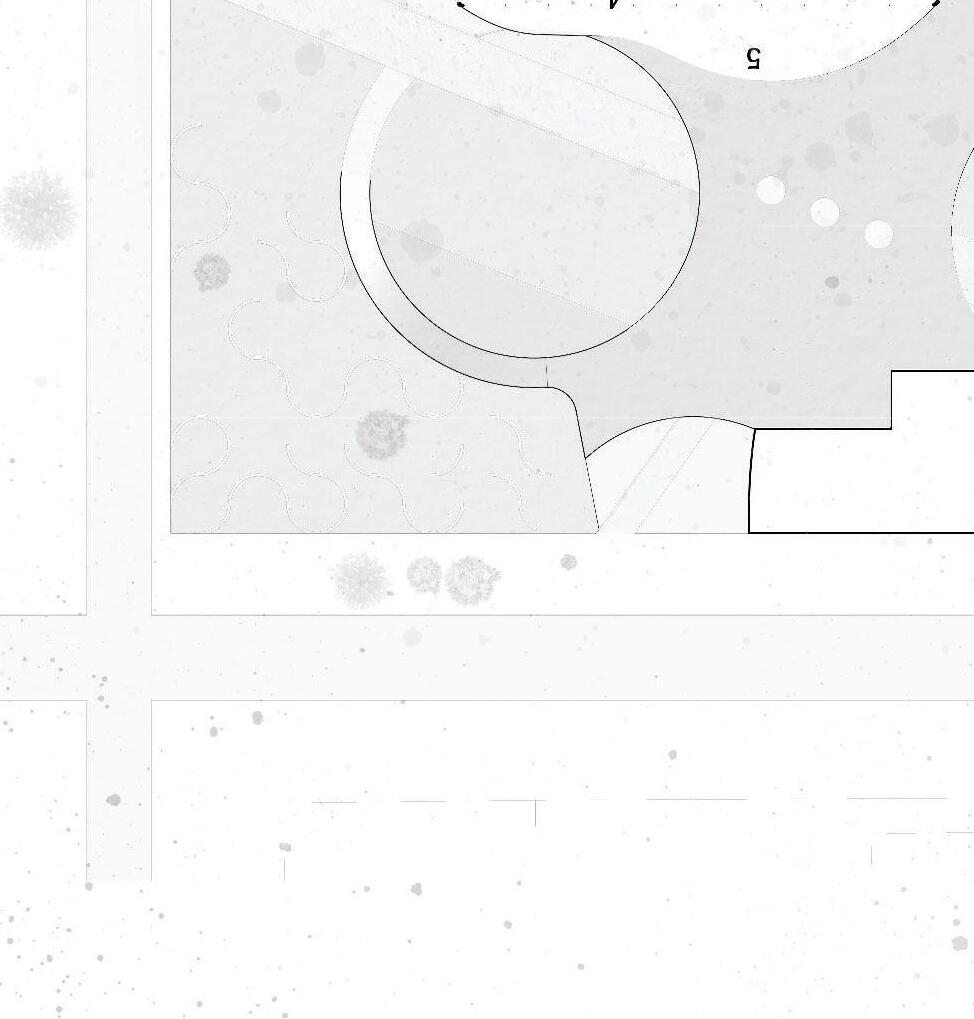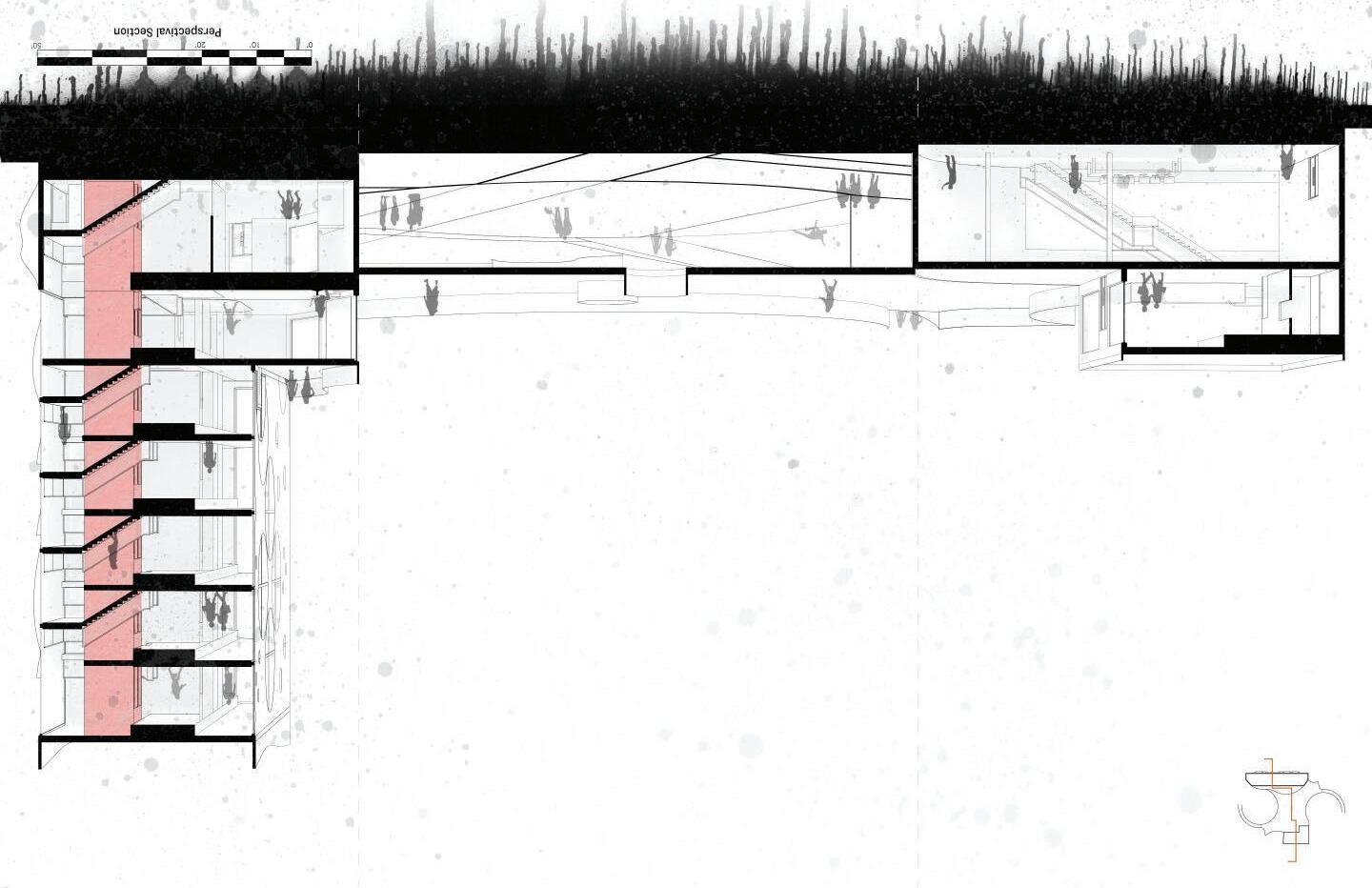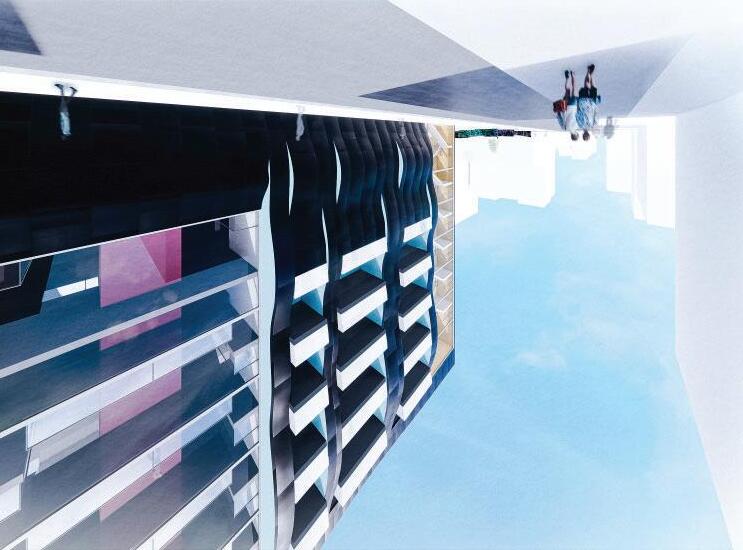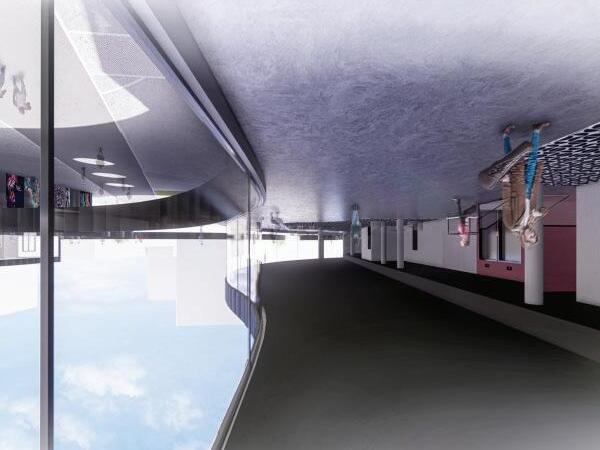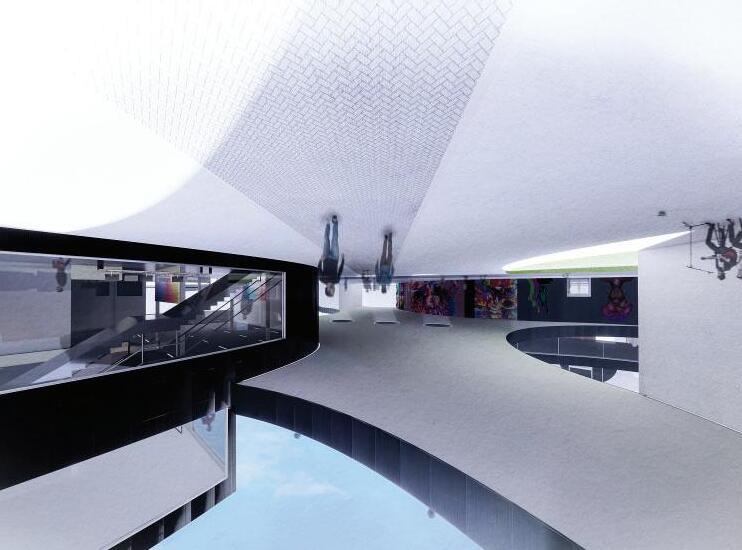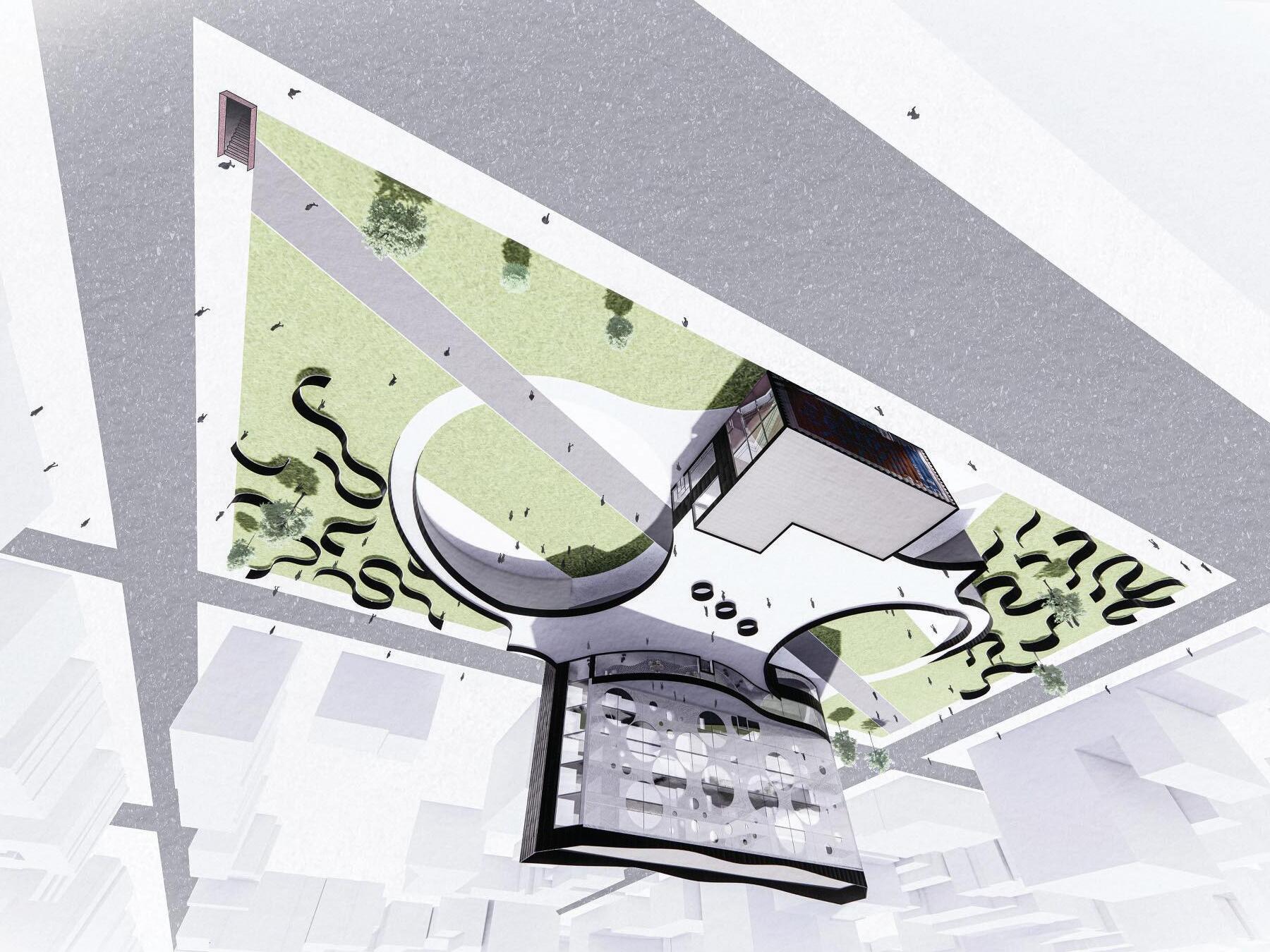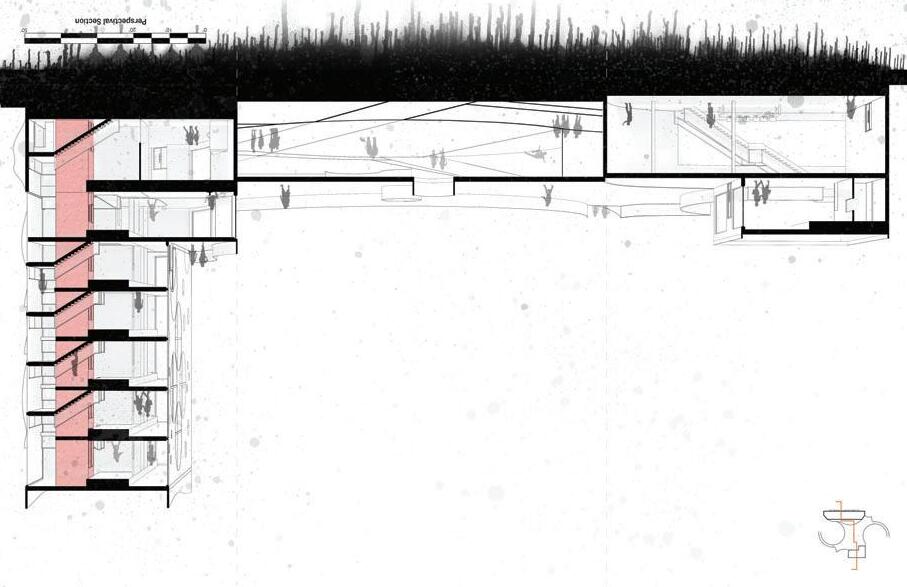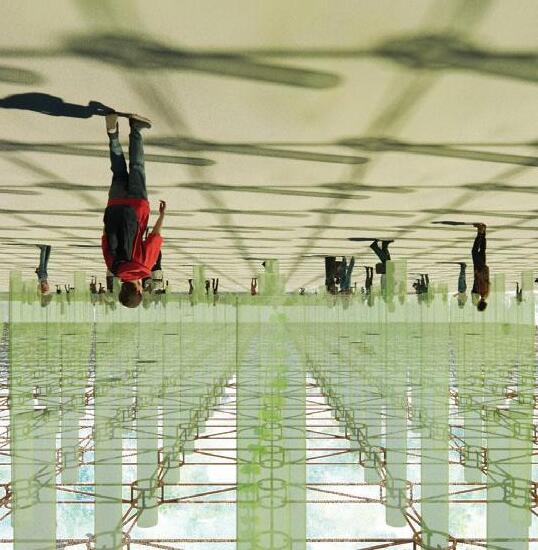ZOE FLYNN
Department of Architecture
Iowa State University

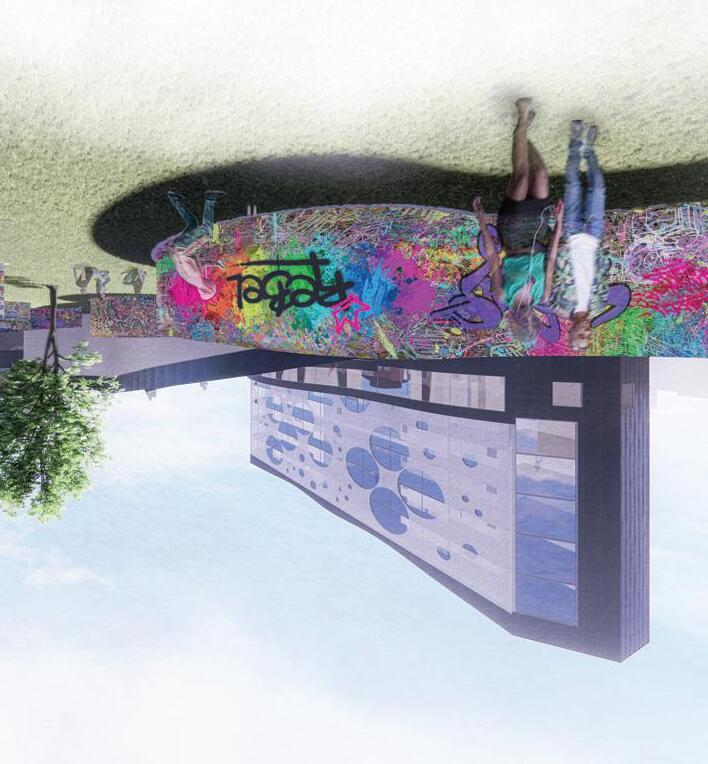




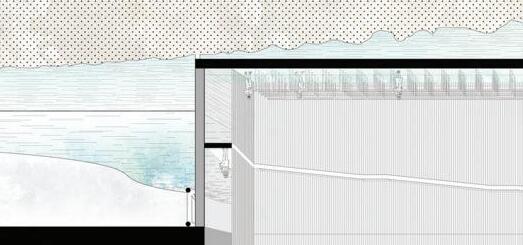
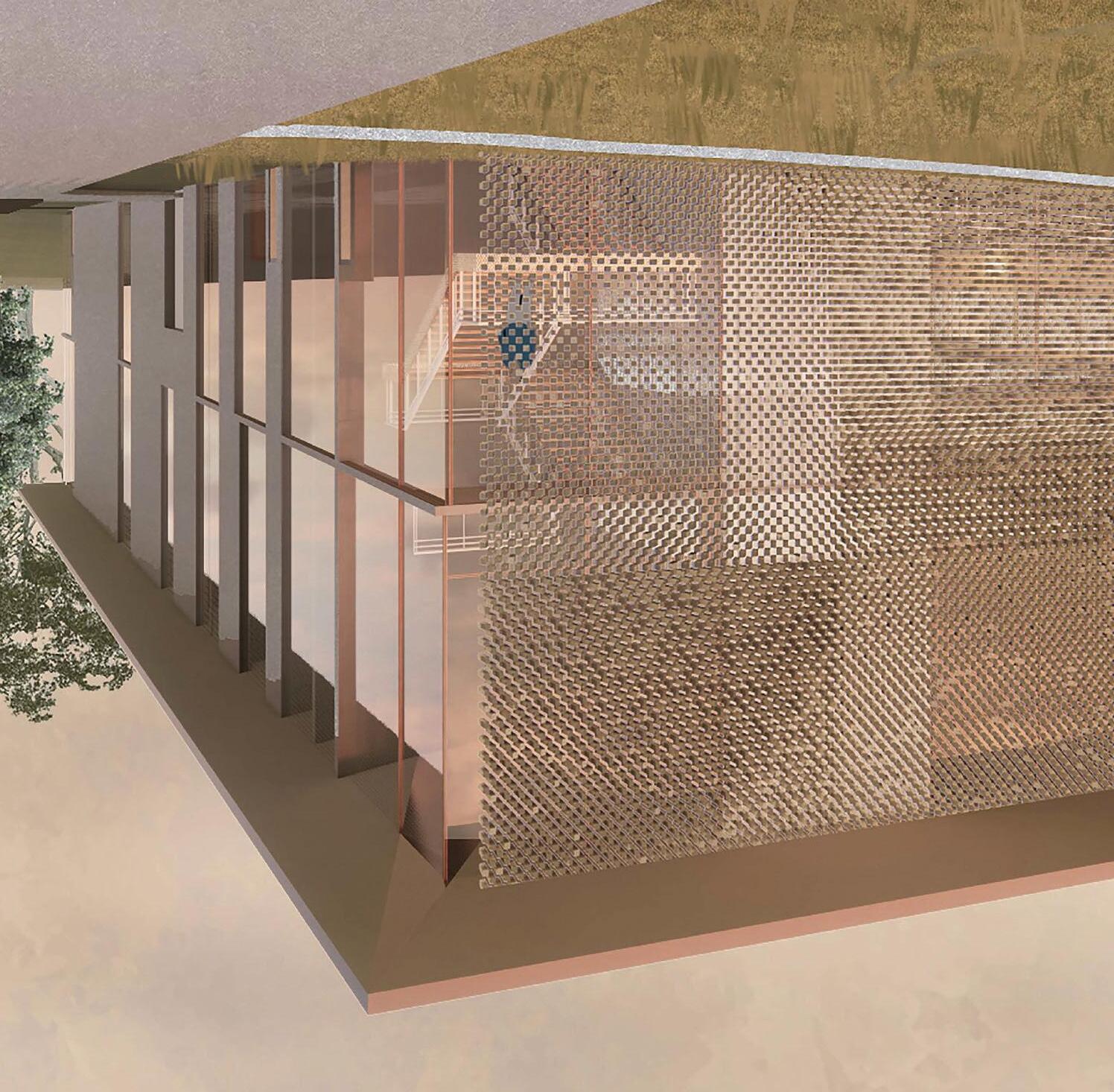
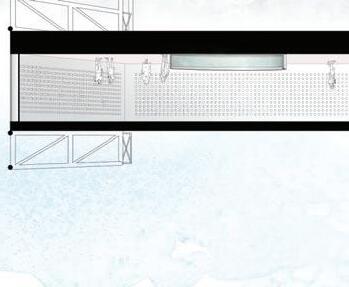
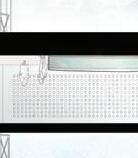



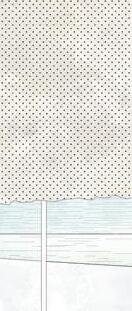

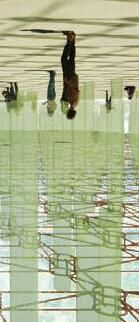


Department of Architecture
Iowa State University

















E: zflynn34@gmail.com
M: 512-838-1293
Education
Bachelor of Architecture with honors from Iowa State University, May 2024
Minor in Environmental Studies
GPA: 3.75
References
Bosuk Hur
Associate Professor of Practice, Iowa State University
Design Principal in Folio Architect
E: bhur@iastate.edu
M: 857-756-4345
Cassidy Conway Transfer Student Recruiter, Iowa State University
E: conwayca@iastate.edu
M: 515-294-8469
2024-present
2023- 2024
2021-2022
2020-2021
Project Architect 1 at Concordia Wireless Group
• Efficiently produced construction documents for multiple sites daily
• Effectively collaborated with a team to meet deadlines
Kids Gym Staff Member at the Ames Fitness Center
• Worked with kids from ages 5 weeks to 11 years
• Efficiently solved problems between multiple children
• Led short activities for kids of different ages
Cyclone Aide Advisor
• Mentored the new class of orientation leaders
• Presented to groups of up to 400 new students to welcome them to campus
• Efficiently planned activities and presentations for large groups of students
Cyclone Aide
• Worked as an orientation Leader for Iowa State University
• Facilitated programs for new students to introduce them to campus
• Participated in family panels in front of several hundred guests
Intern at Gensler in Austin, Texas
• Designed housing for the homeless in the Community First! Village
• Presented our ideas to the Gensler office in Austin, Texas
• Visited current projects undergoing construction
2021-present
2019-present
2019-2022
2019-2020
National Organization of Minority Architecture Students (NOMAS)
• Discussed social justice issues in the field of architecture
• Participated in professional development and networking activities
Iowa State University Honors Program
• Engaged in undergraduate research working to develop a cohesive building framework for residential communities
• Effectively presented research projects covering biomimicry and modern architecture
BUILD Mentorship Program
• Discussed critical justice issues as designers
• Guided first year minority design students through their first year
George Washington Carver Program Mentor
• Guided first year students through the beginning of their college experience
• Served as a resource if the new students had any question or concerns
Iowa State Symphony Orchestra
Adobe creative suite, AutoCAD, Rhino, Grasshoper, Revit, Enscape
Architectural Design 7
Instructor: Bosuk Hur
Studio Partners: Samuel Berg, Savannah Cirksena
Most museums today resemble a white cube, a building where the architecture is entirely separate from the art or exhibits, and the visitors go through a passive experience. The Mississippi Research Center provides a series of interactive exhibits that give visitors the opportunity to learn about the issues the Mississippi River faces in an active way.
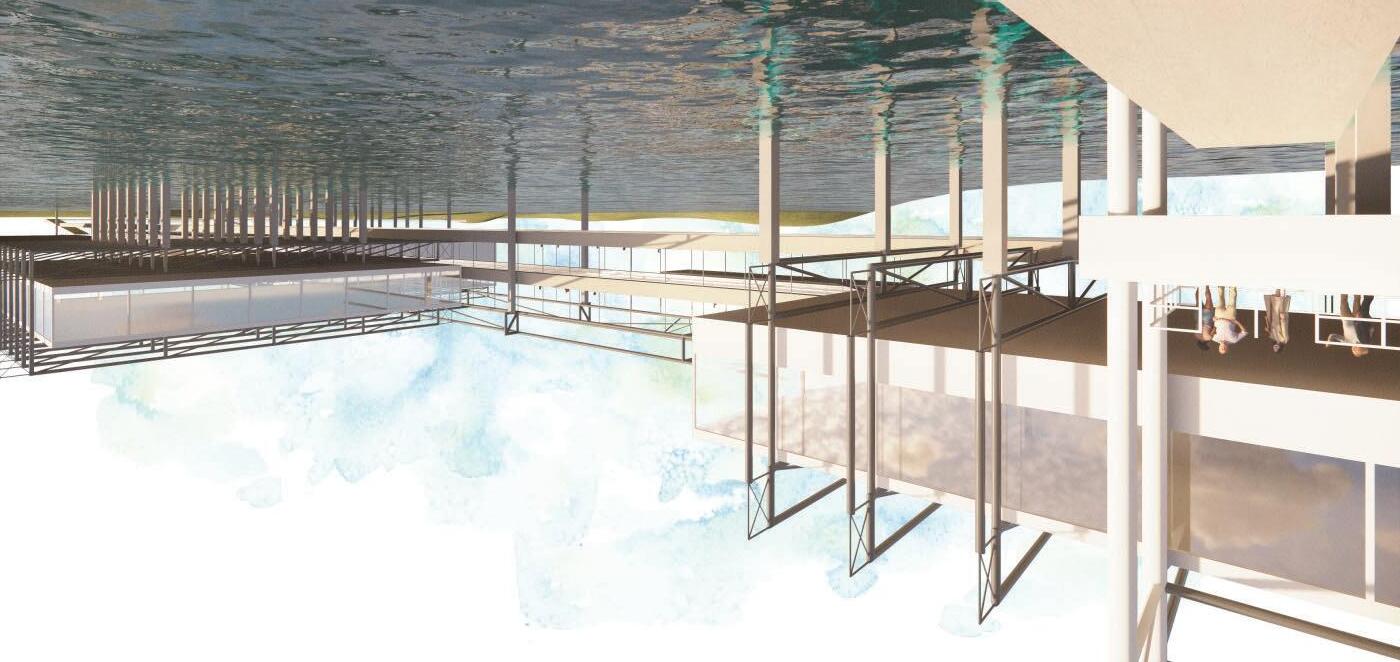





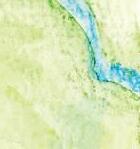


























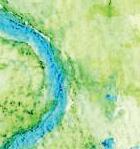


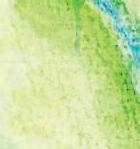































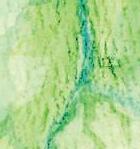















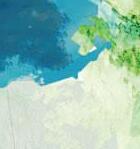














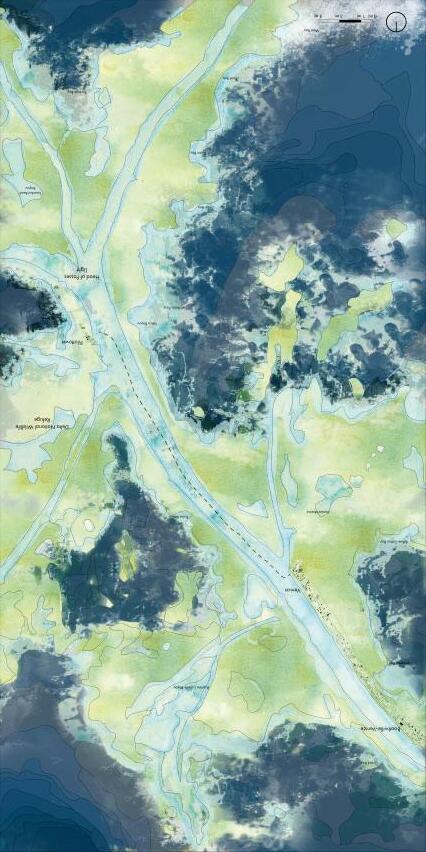
The Mississippi River captures a third of American runoff. Excess nutrient pollution found in agricultural runoff flows out of the Midwest and creates dead zones in the Gulf of Mexico. Iowa contributes to half of the nutrient pollution harming the Gulf of Mexico. Rising sea levels are causing saltwater to move further upstream. The combination of nutrient pollution and excess saltwater is harming the Mississippi River and communities relying on it.

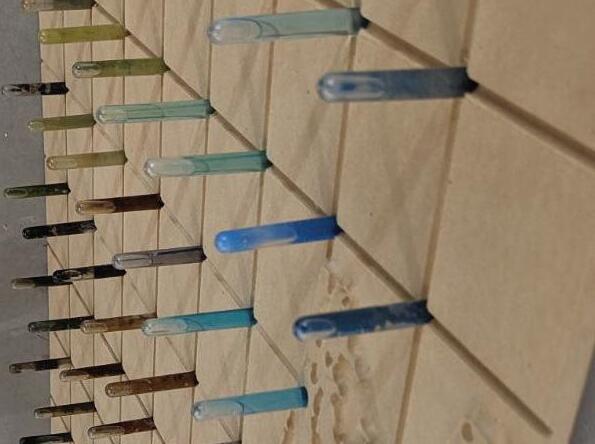
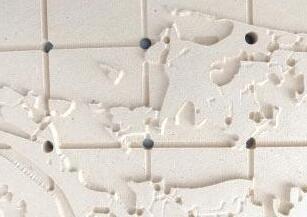
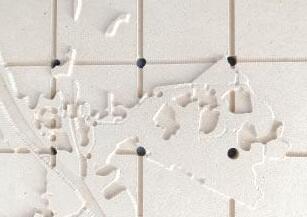
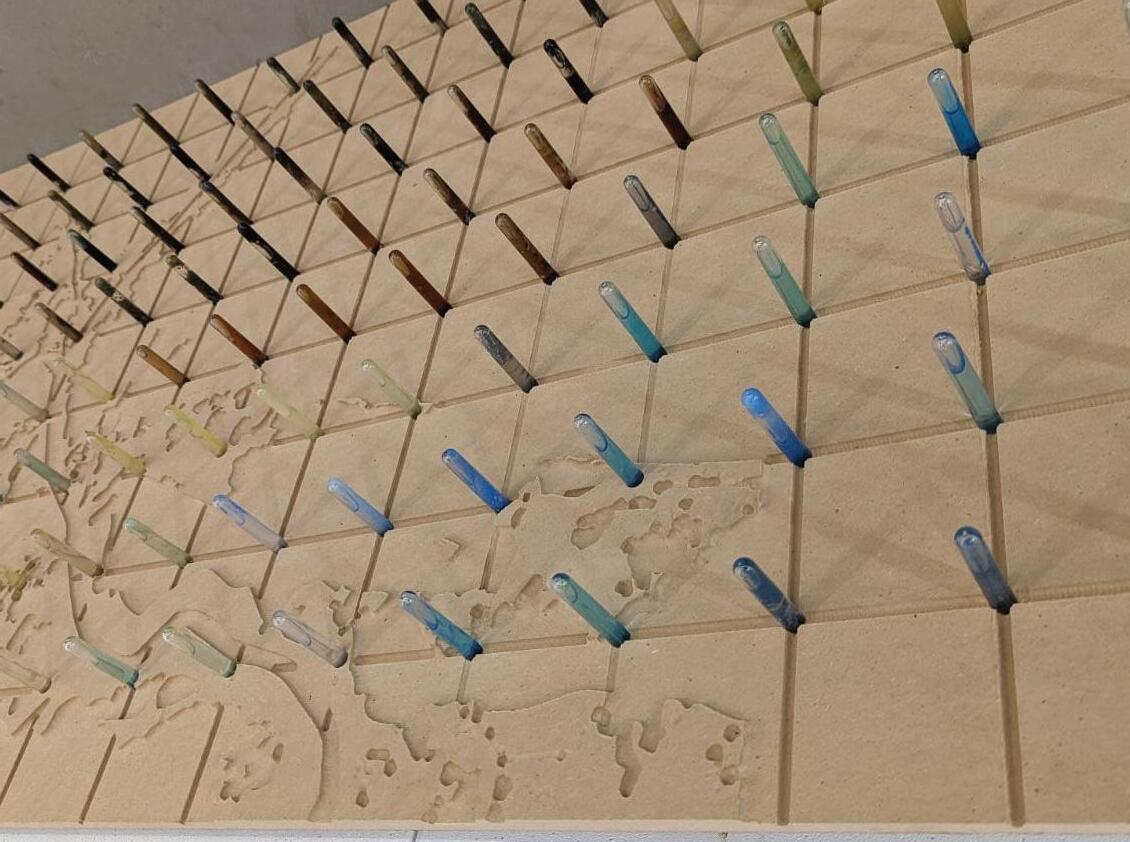
















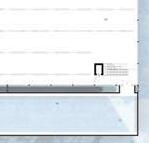













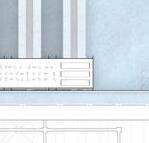








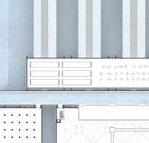


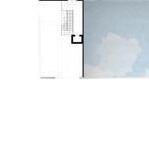
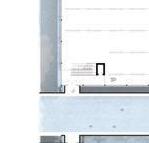


CALL OUT: Reverse osmosis facility. Here, saltwater is taken out of treated water to make it drinkable.







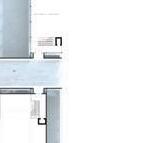


















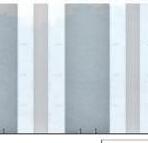






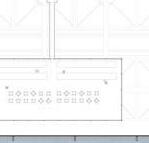
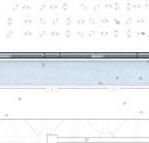







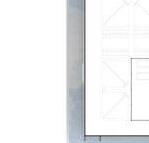
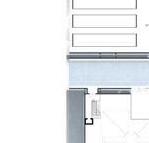
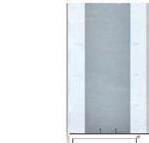
CALL OUT: The water treatment facility is at the top. Below is the laboratory for researchers, and their residences.











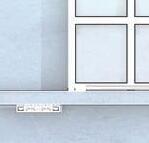

















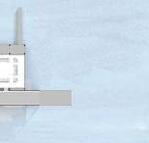





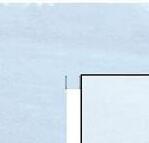
CALL OUT: The fish tanks in fish nursery. This serves to support endangered fish populations.


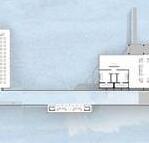


























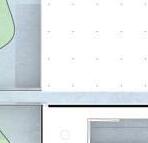





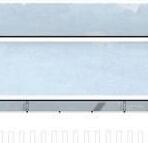






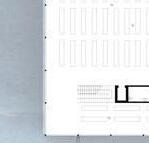

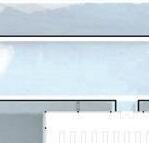
CALL OUT: The library for both visitors and researchers.









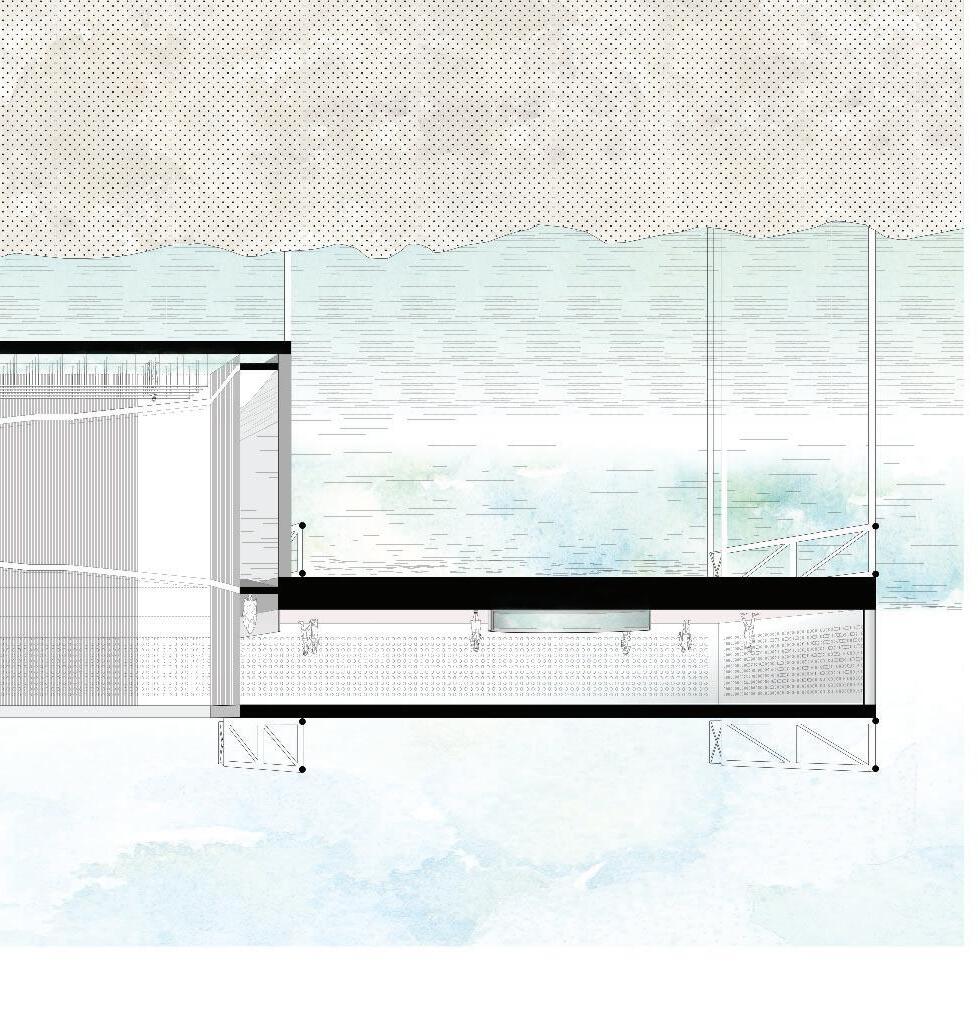
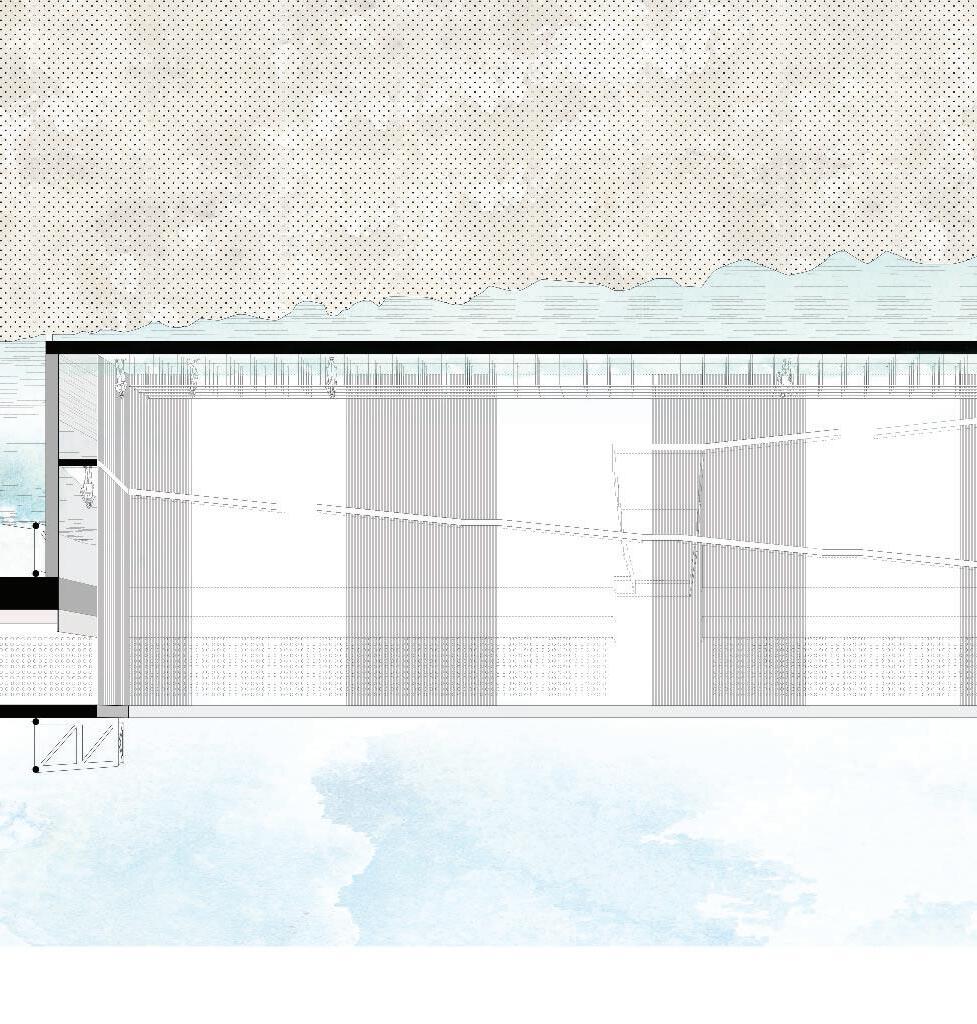


Visitors have the chance to walk down into a controlled tank of water to see up close how oyster farms naturally filter water. The visitors then go back up the ramp to walk above the rest of the oyster farm and back into the main corridor. The two tanks on either side are for the visitors to test the water themselves, and put their test-tube into the walls surrounding the space above.
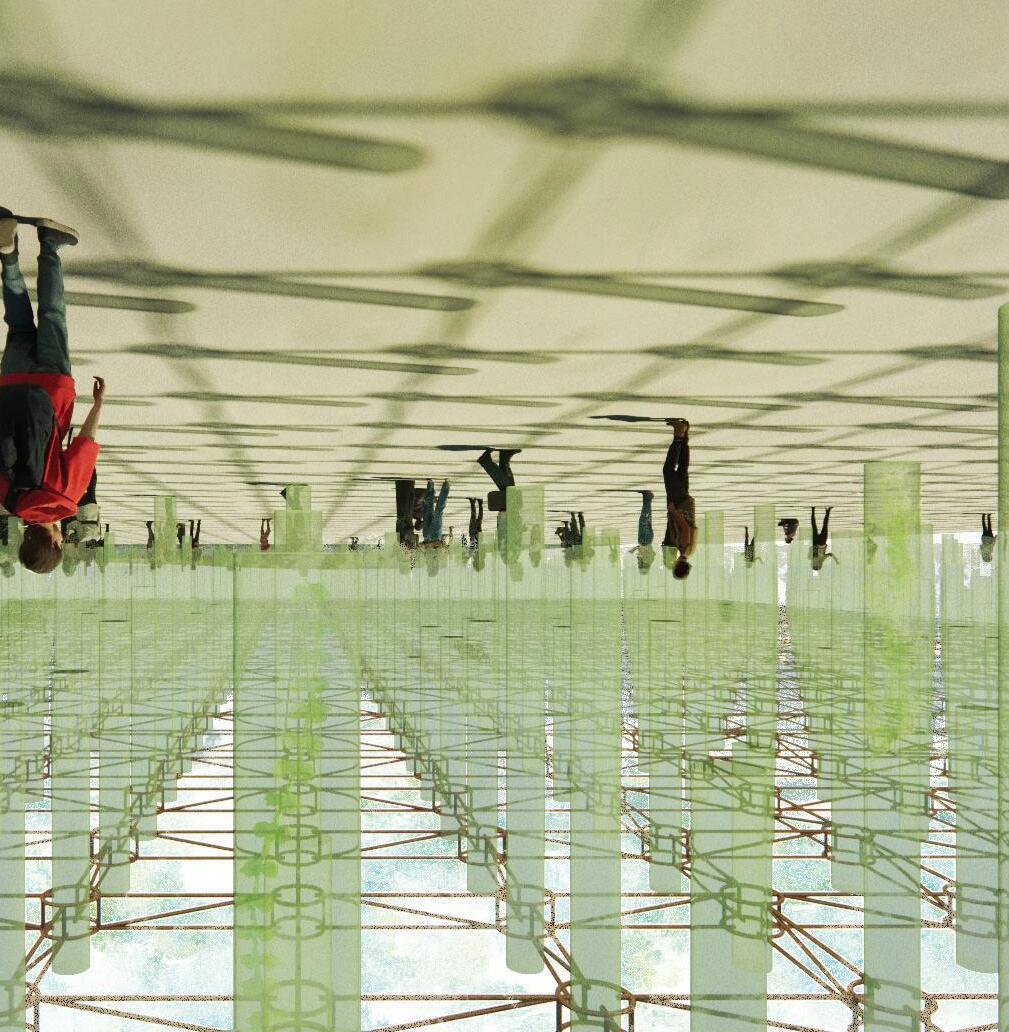
INTERIOR VIEW: Algae garden

CALL OUT: Visitors looking into tanks from the top floor.
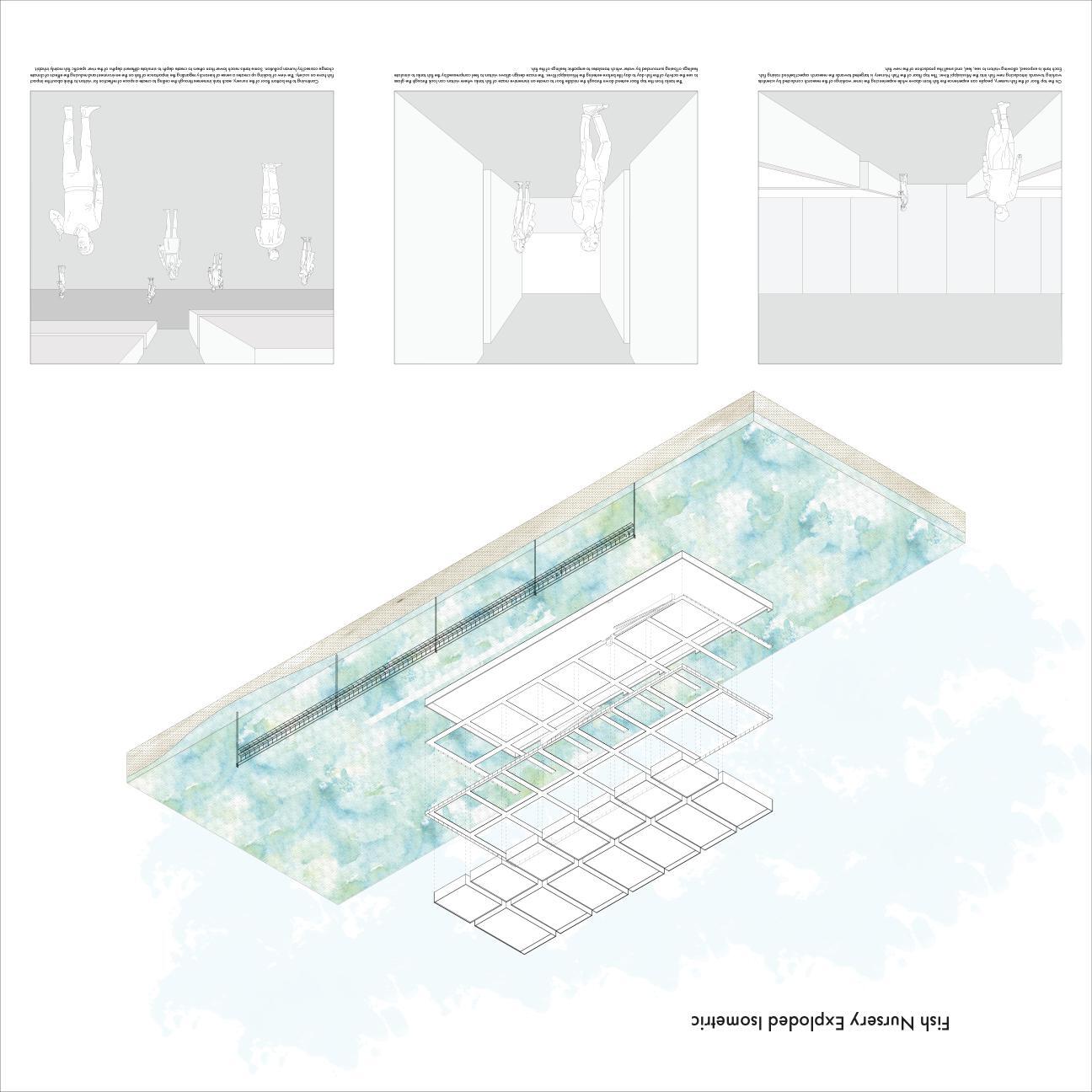
CALL OUT: The tanks from the top floor entend to the bottom floor.
CALL OUT: Visitors on the bottom floor looking up at the tanks.

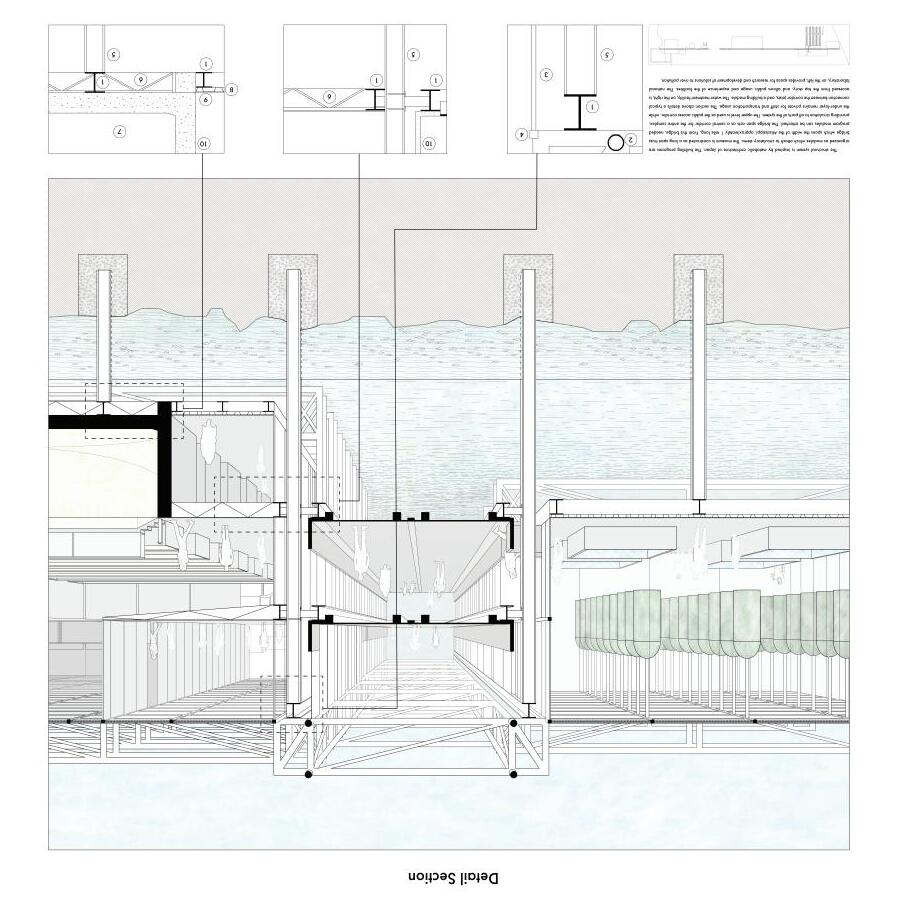
The building programs are organized into modules that attach to the main circulatory corridor. The upper level of the corridor is open to the public, while the bottom level is private.































CALL OUT: First phase of water treatment, binding of solids.












































CALL OUT: Lime added to help remove color and odor impurities.
















Water Treatment Exploded Isometric





























CALL OUT: Finally, water is filtererd through charcoal (1), fine sand (2), and course sand (3).


INTERIOR VIEW: Reverse Osmosis Facility

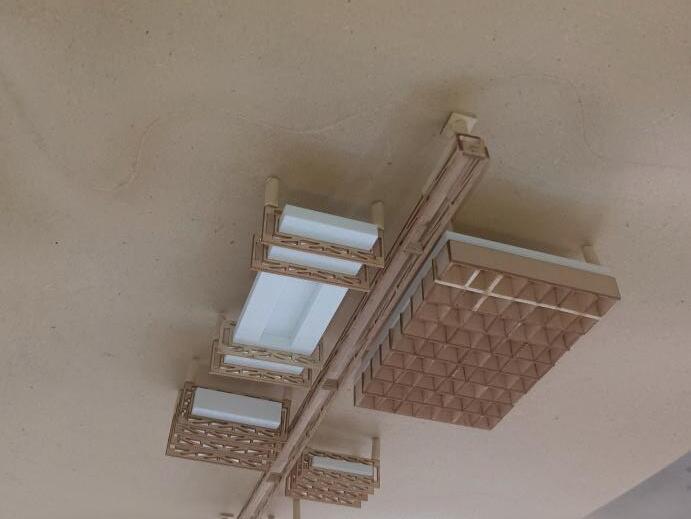
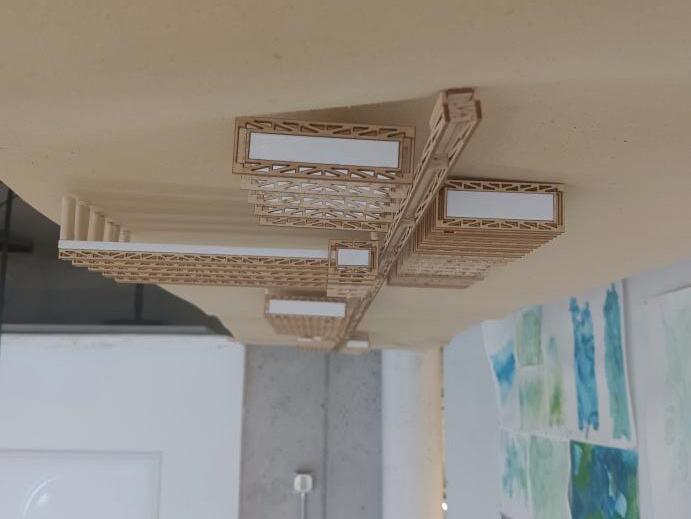
Architectural Design 5
Instructor: Ayodele Iyanalu
Studio Partner: Colton Clark
RESPIRE is located in Ames, Iowa, and is a sustainable conservatory that helps to heal the land. The project addresses the poor quality of the soil on the site by introducing bioswales throughout the site and the conservatory.

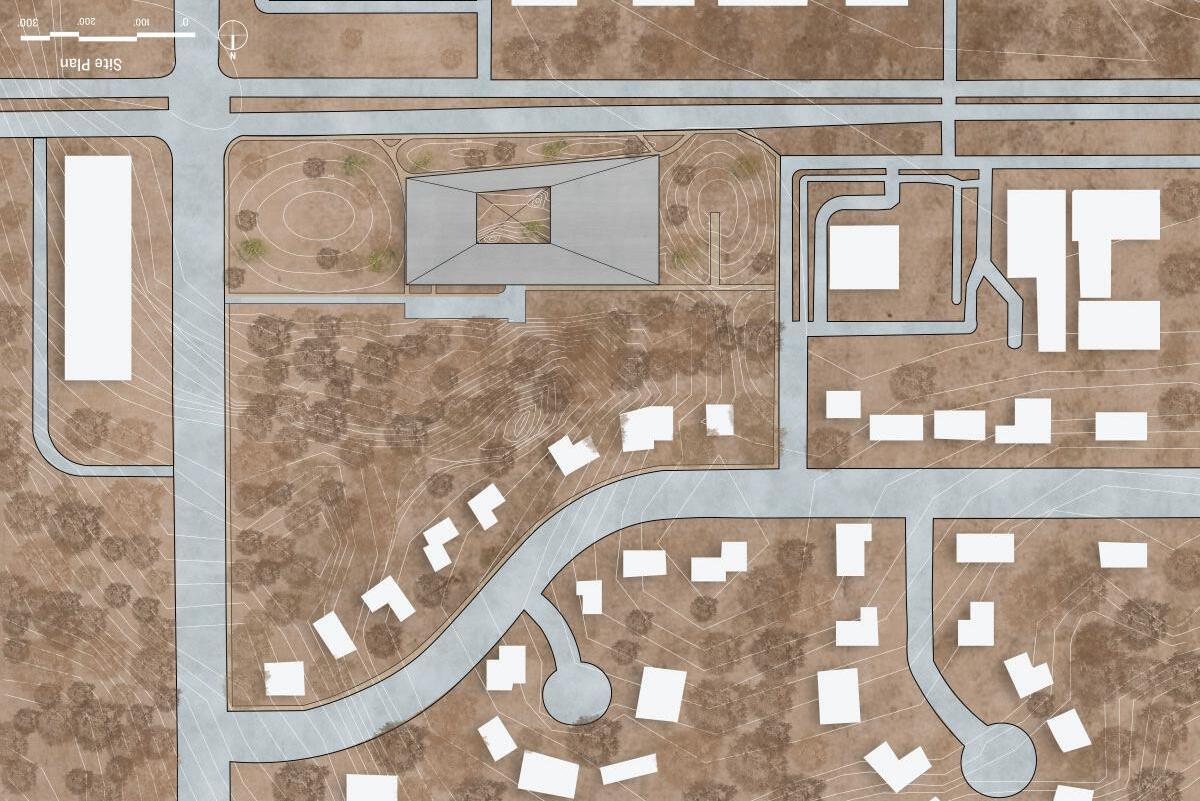
The site is on the corner of Lincoln Way and North Dakota Avenue. As you move east to west through the site, you move from living to decaying because of excess moisture on the site. The surrounding infrastructure redirecting the water towards the site, in addition to the soils with poor filtration located on the west side, suffocate the soil. The rain flowing through the site will be passed through bioswales located on the sides of the building.
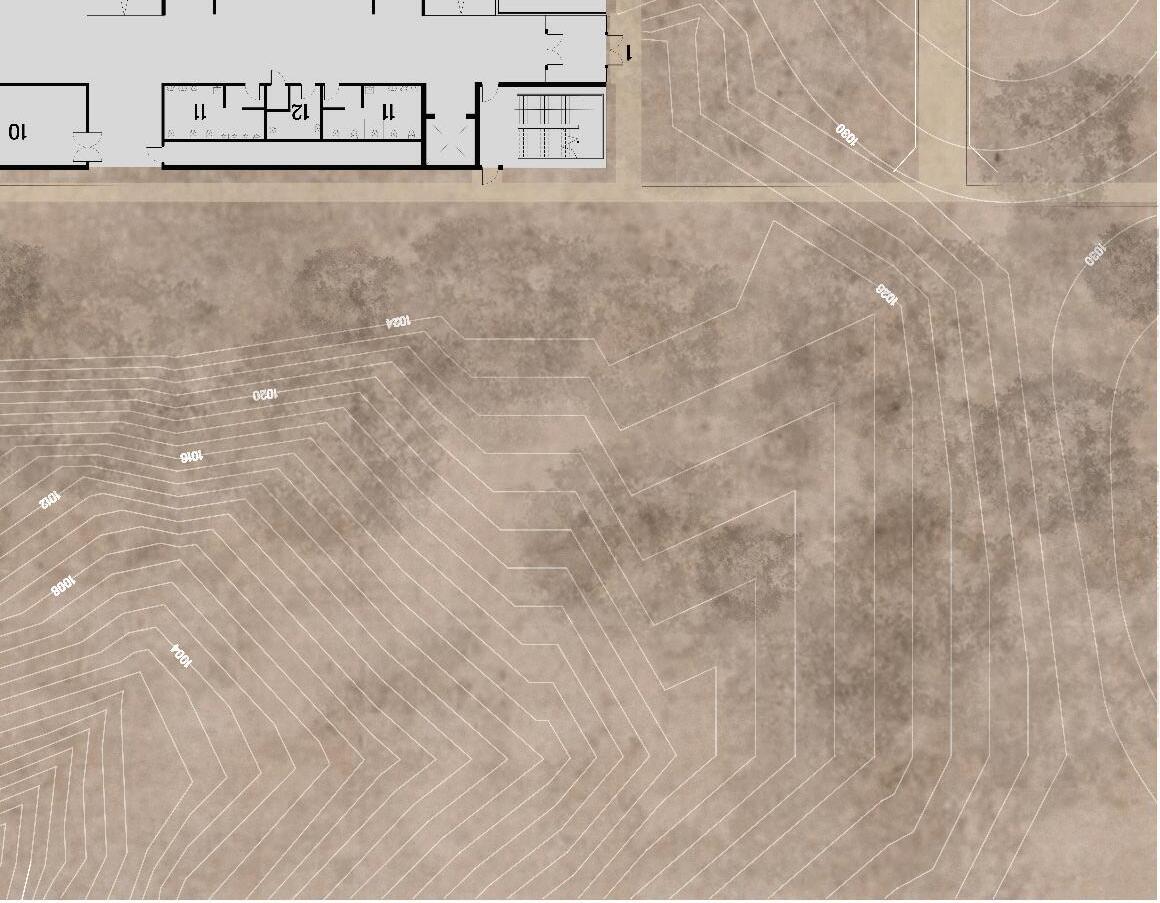




Following the conservatory is the auditorium, an educational space for students and families visiting the facility. It will be a space of exploration and information about healthy and sustainable soils and filters.
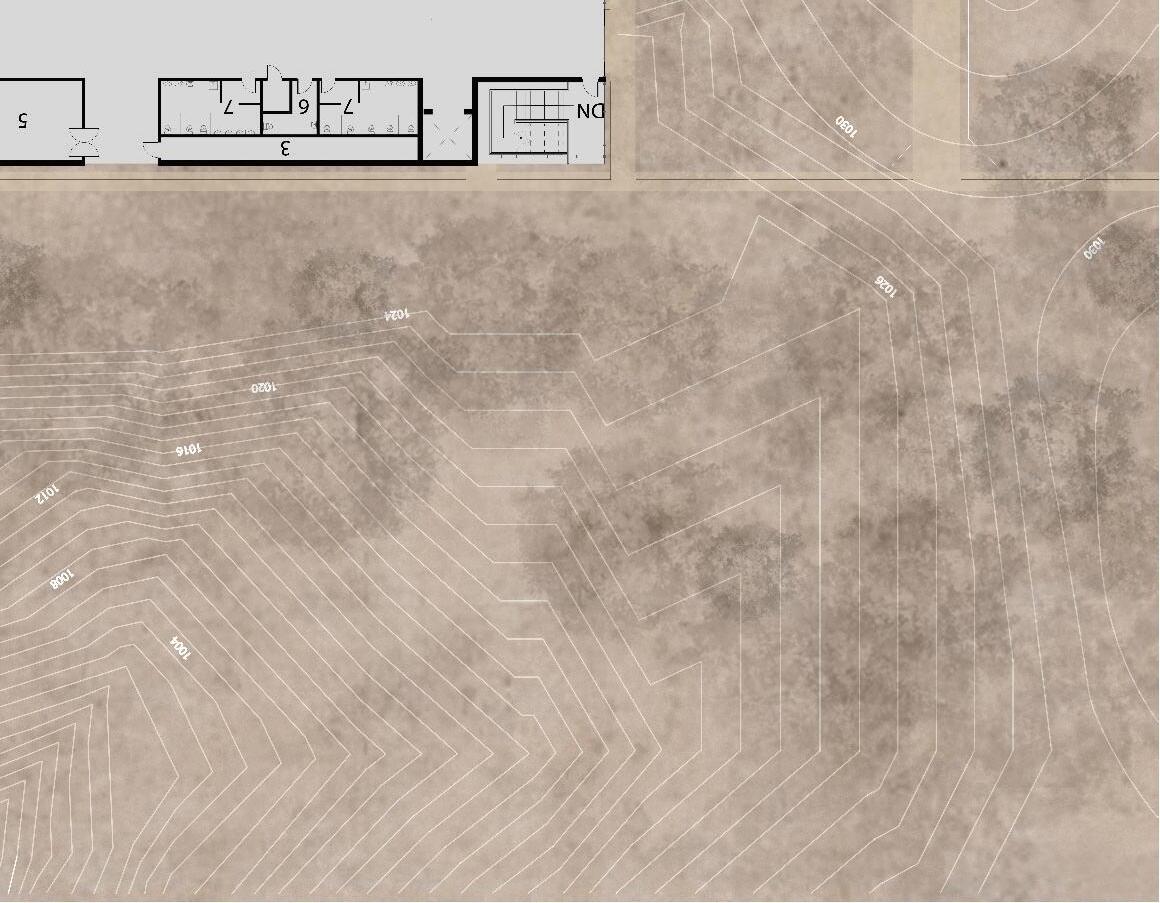

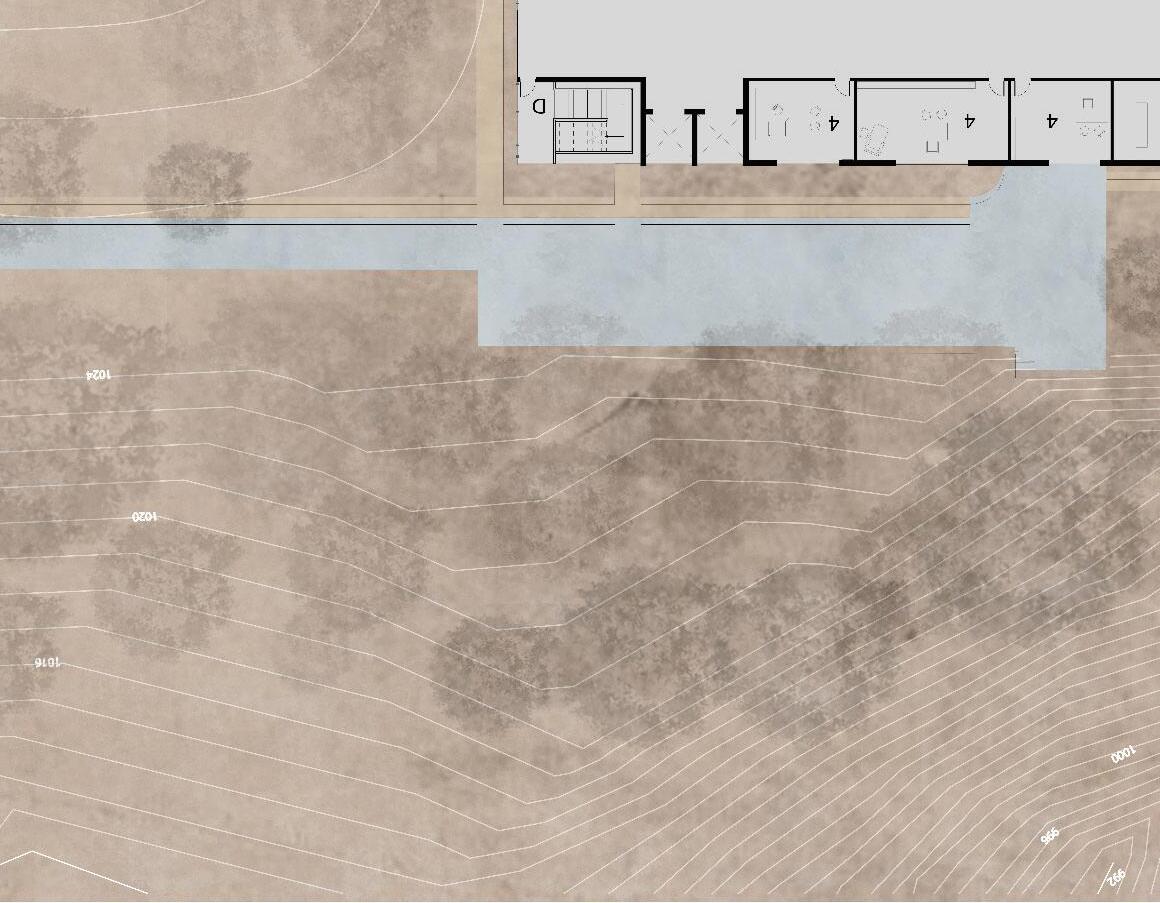



The structure is a mass timber frame that contributes to the sustainability of our building. In addition to the bioswales around the building, there is also a bioswale tank in the central conservatory space to educate people on what a biowswale is made of. It also collects and partially filters water to be used in gray water systems.

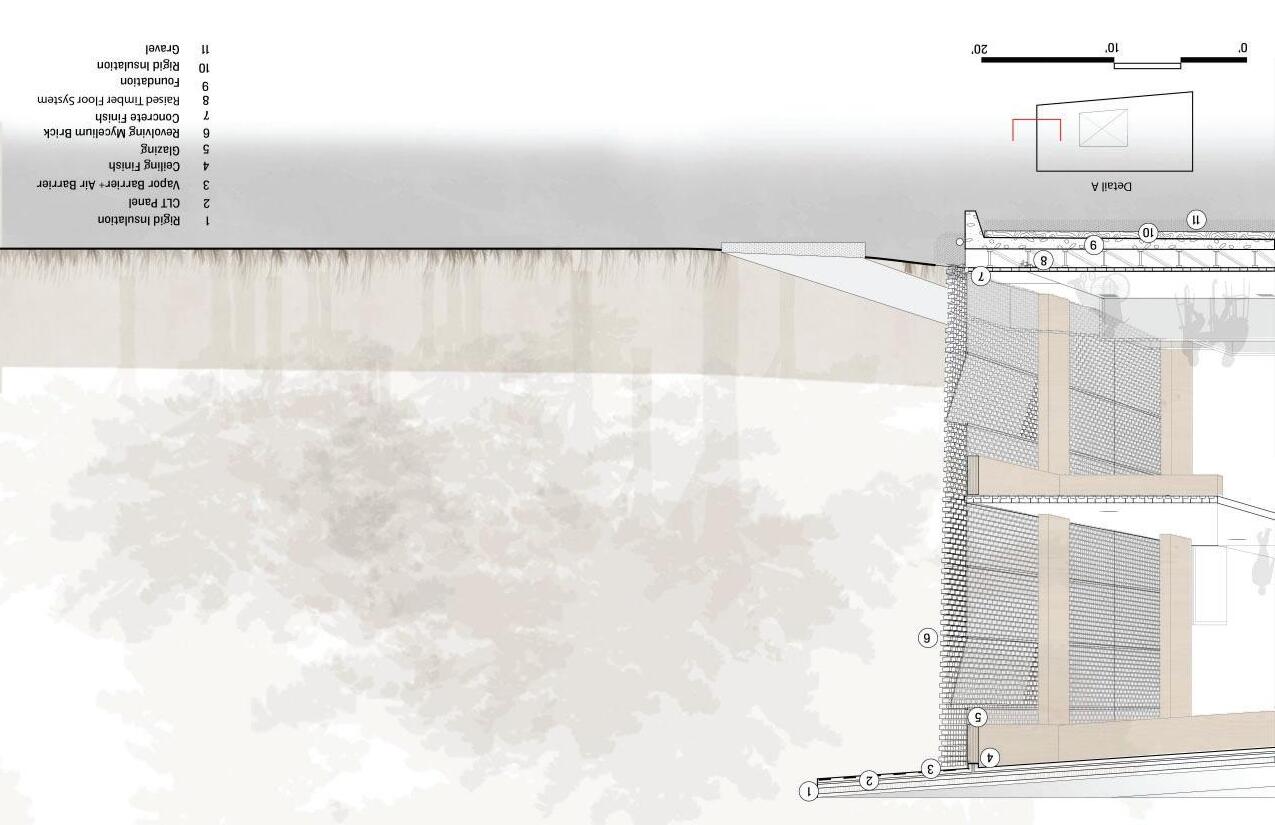
The shading device is made of revolving mycelium bricks. Mycelium absorbs heat, is lighter, and has acoustic properties. The brick facade is on the east and west side of the building where the sun has an intense glare.
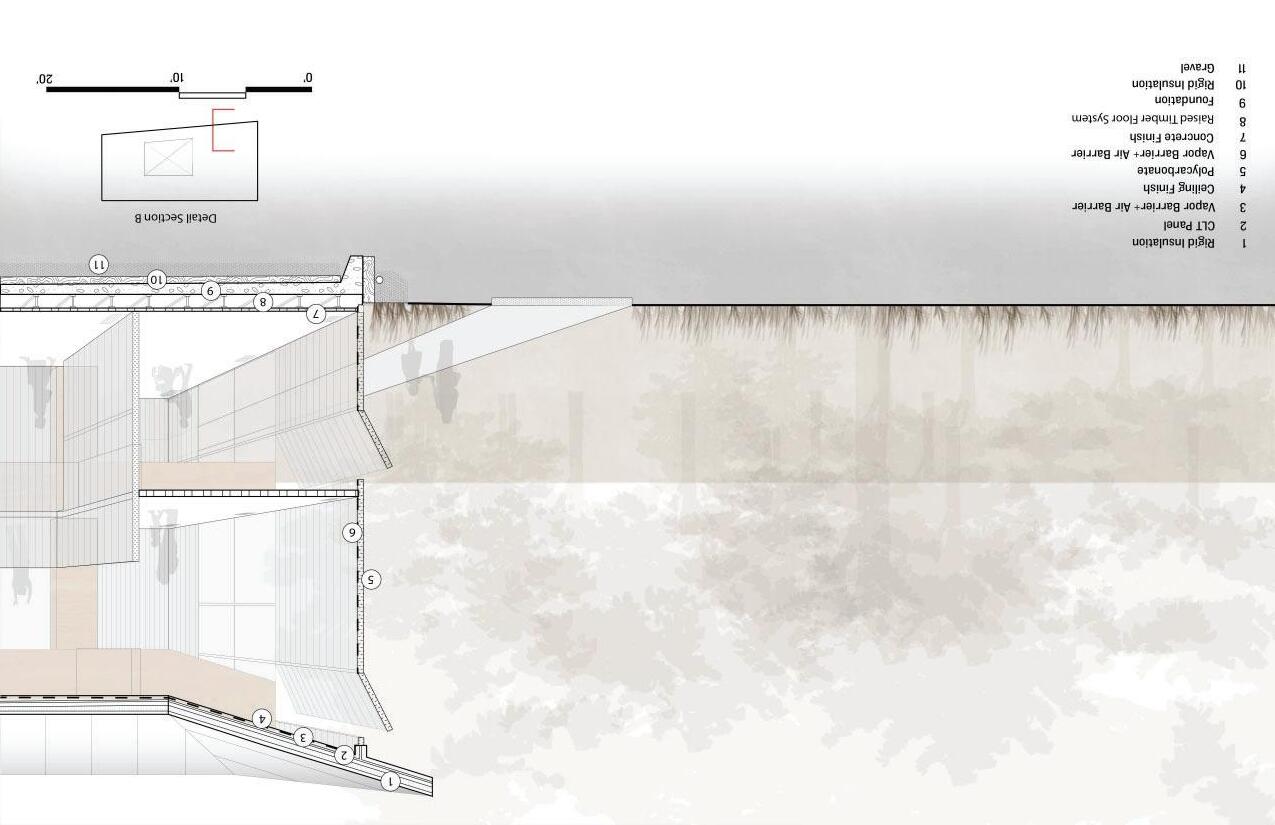
The south side of the building has polycarbonate to reduce direct light. Additionally, the building uses a passive cooling system during the summer and minimal HVAC systems during colder seasons. The minimal HVAC systems are achieved by having a raised floor system that brings cool air directly to the occupants versus forcing air down to the occupants.


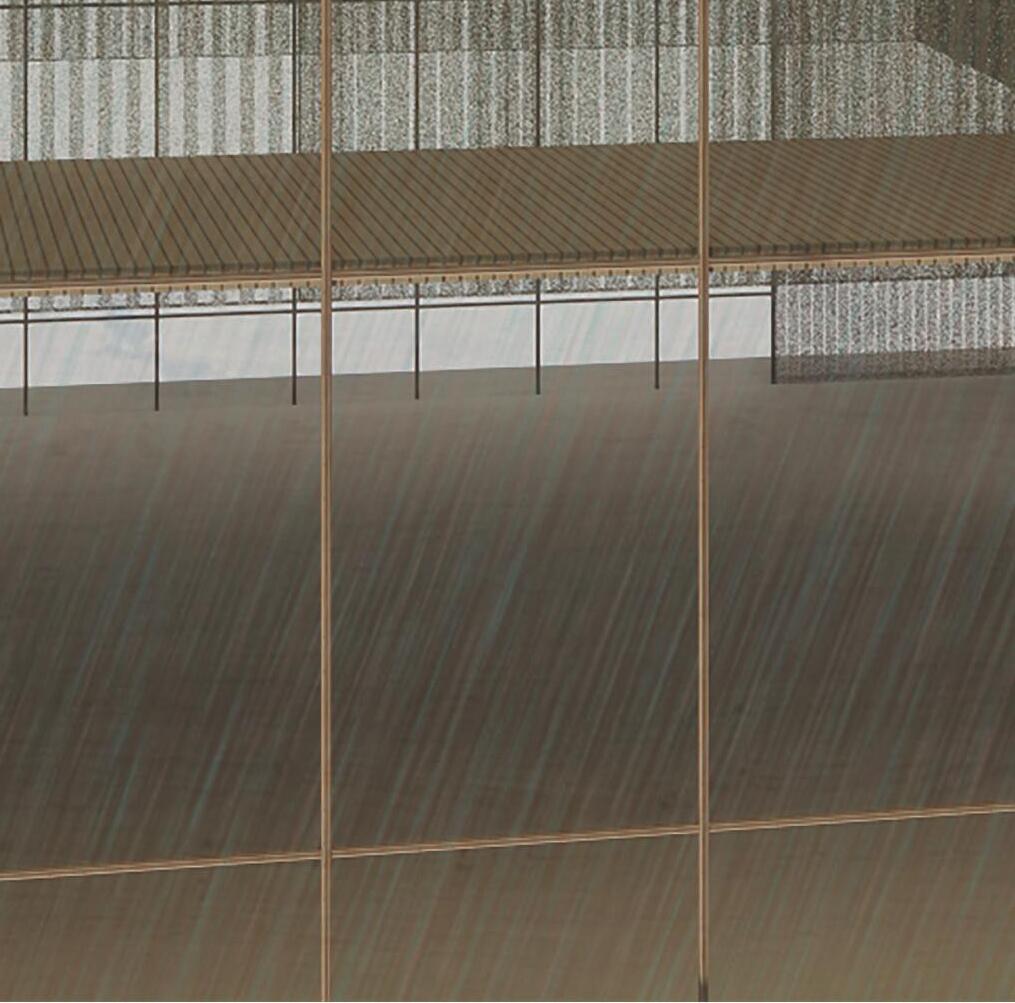
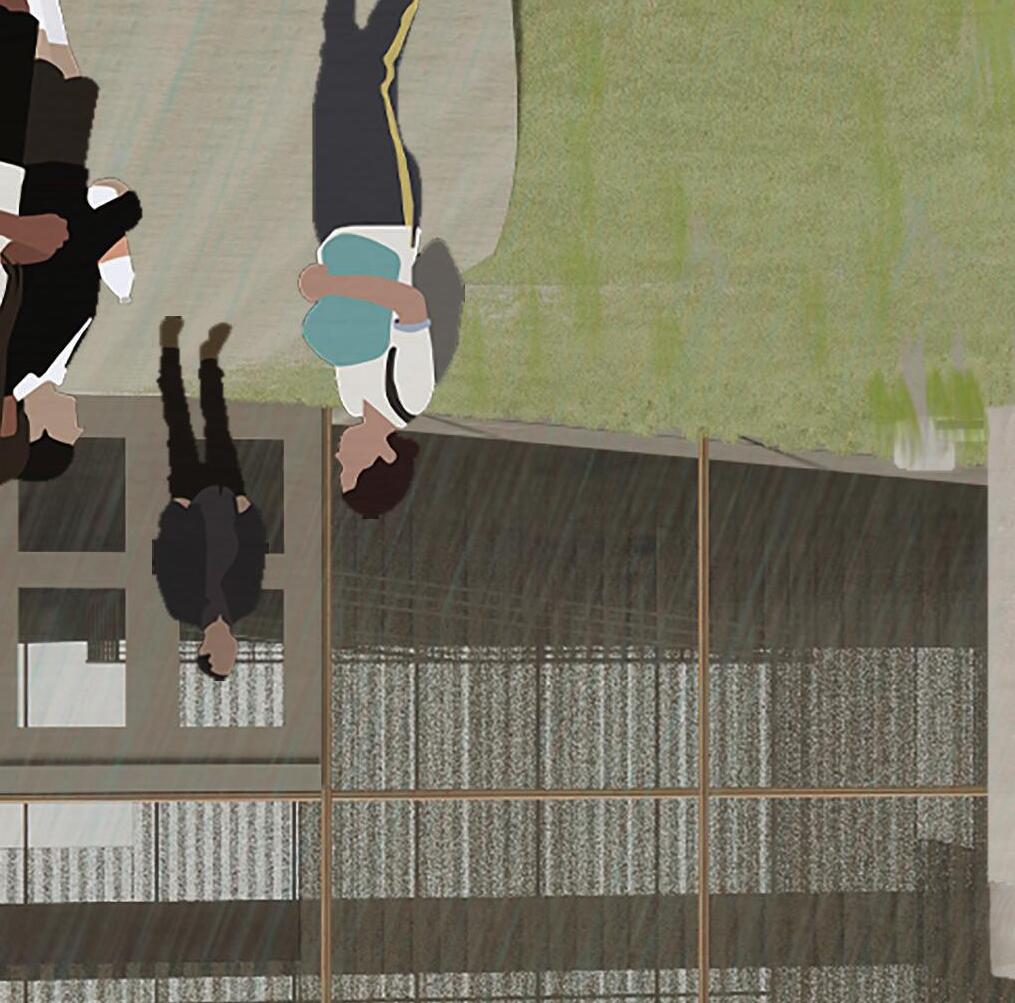

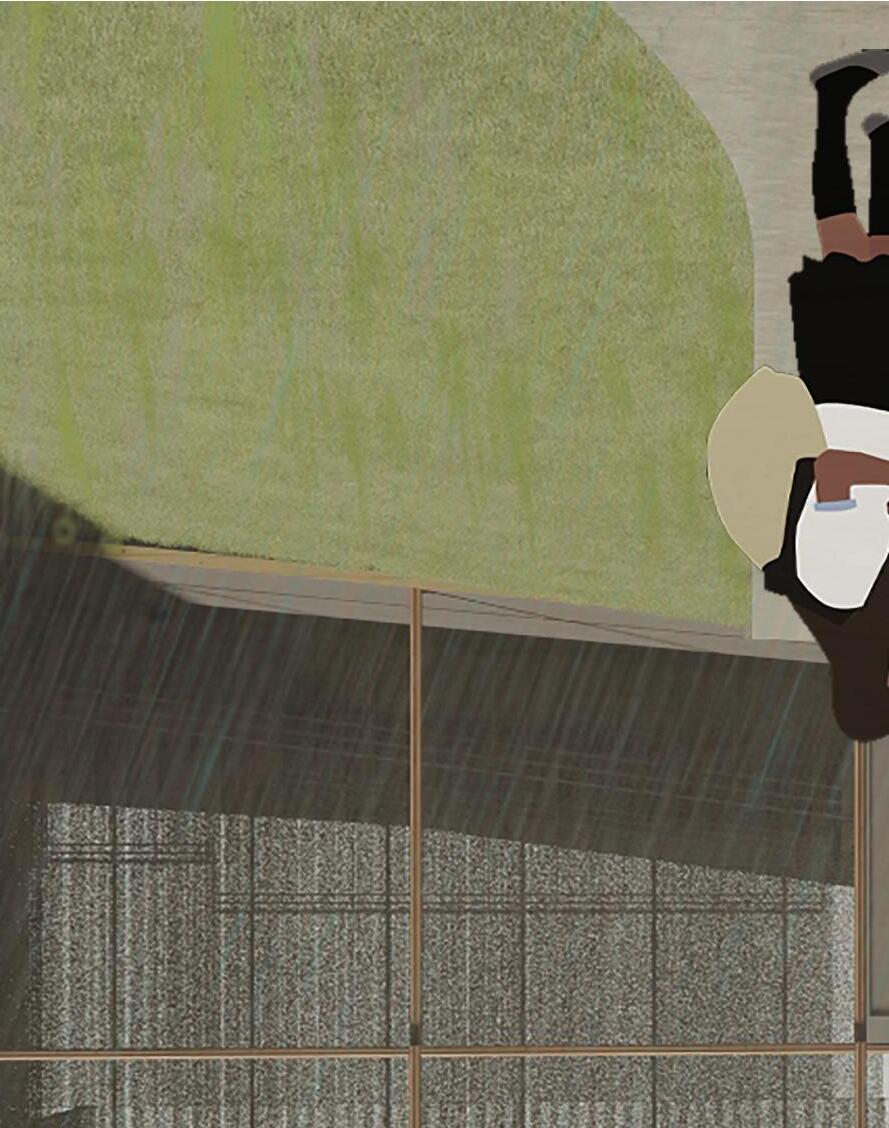
Winner, Staged Studio Prize: Urban Housing in East Harlem, New York City
Architectural Design 4
Instructor: Anna Aversing, Assoc. AIA
Studio Partner: Peter Jaynes
INFINITE ABSTRACTION is a mixed-use and mid-rise housing complex for performance artists in East Harlem, New York. Because performance art is an integral part of Harlem’s history and culture, we focused on busking (street performances) and street art. The complex can accomodate any style of street performance and draw pedestrians in through a series of winding experiential paths that connect each corner of the site.


